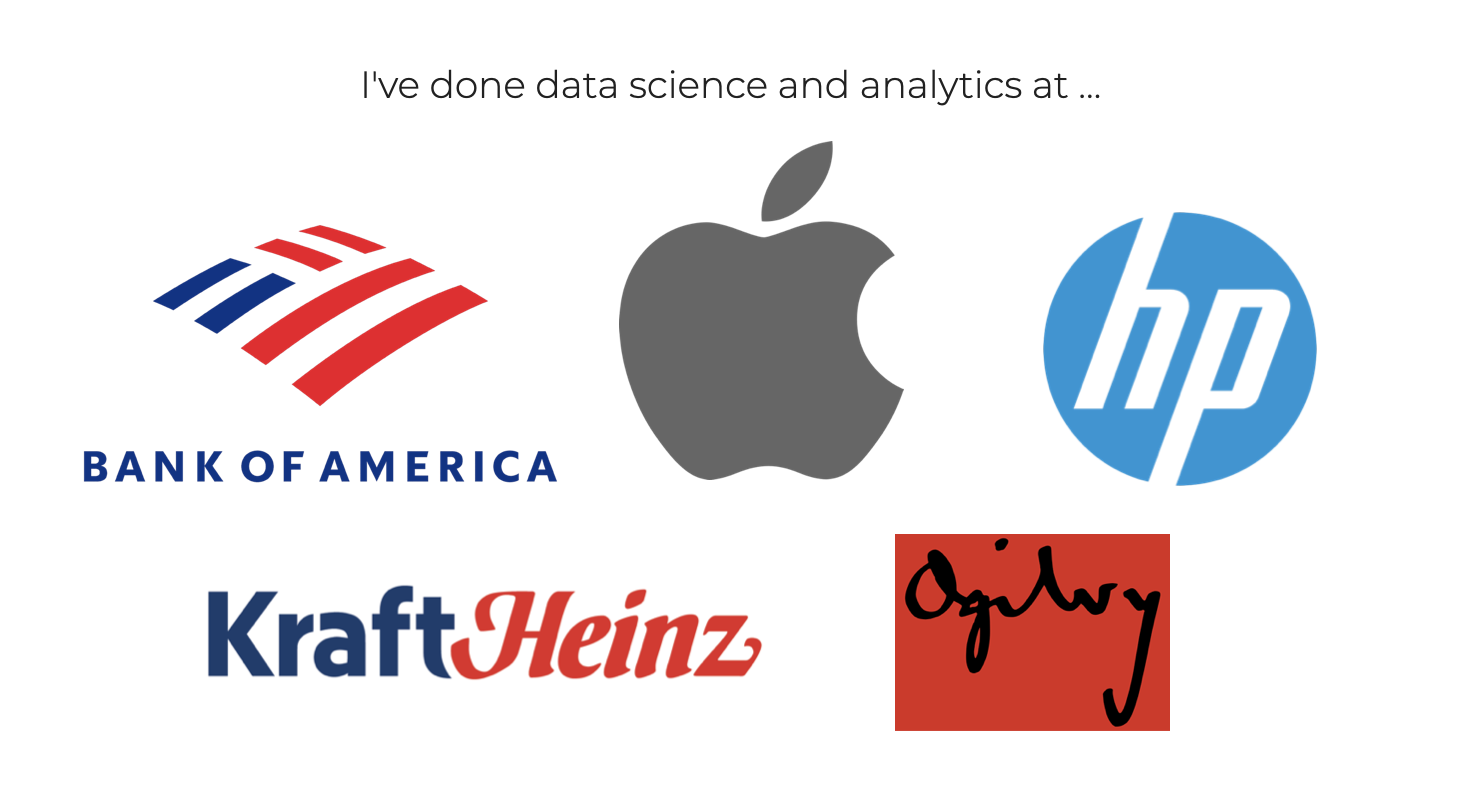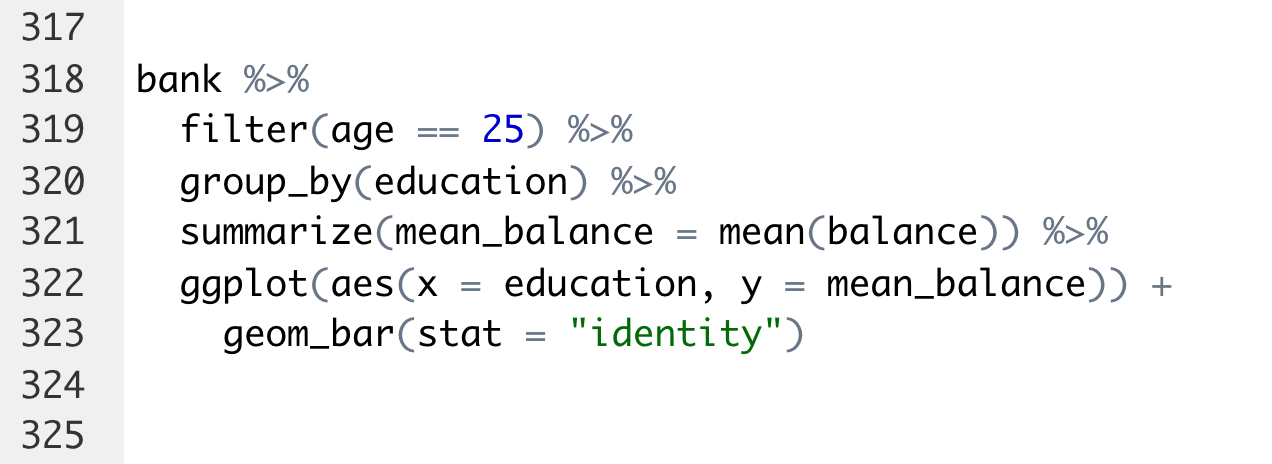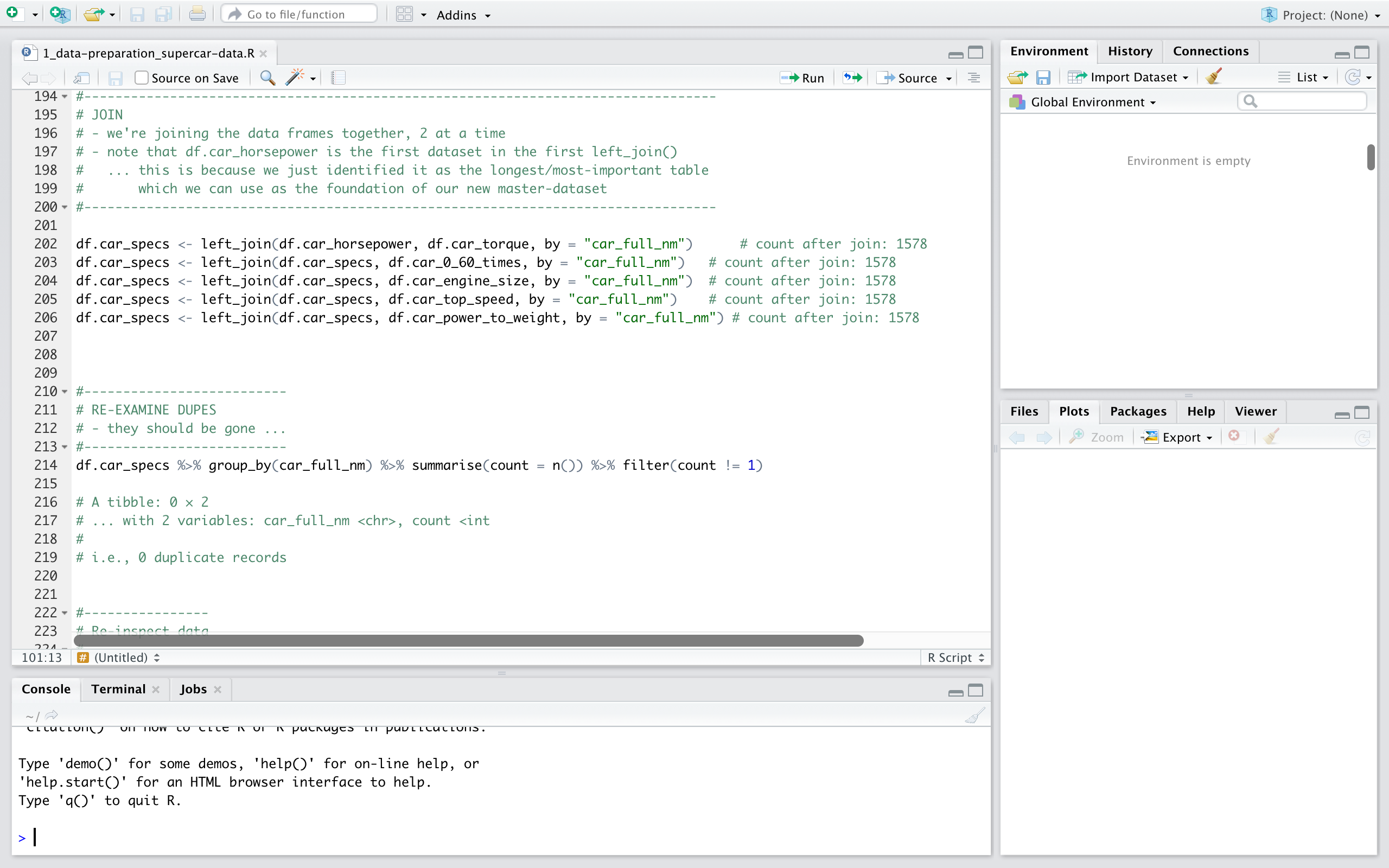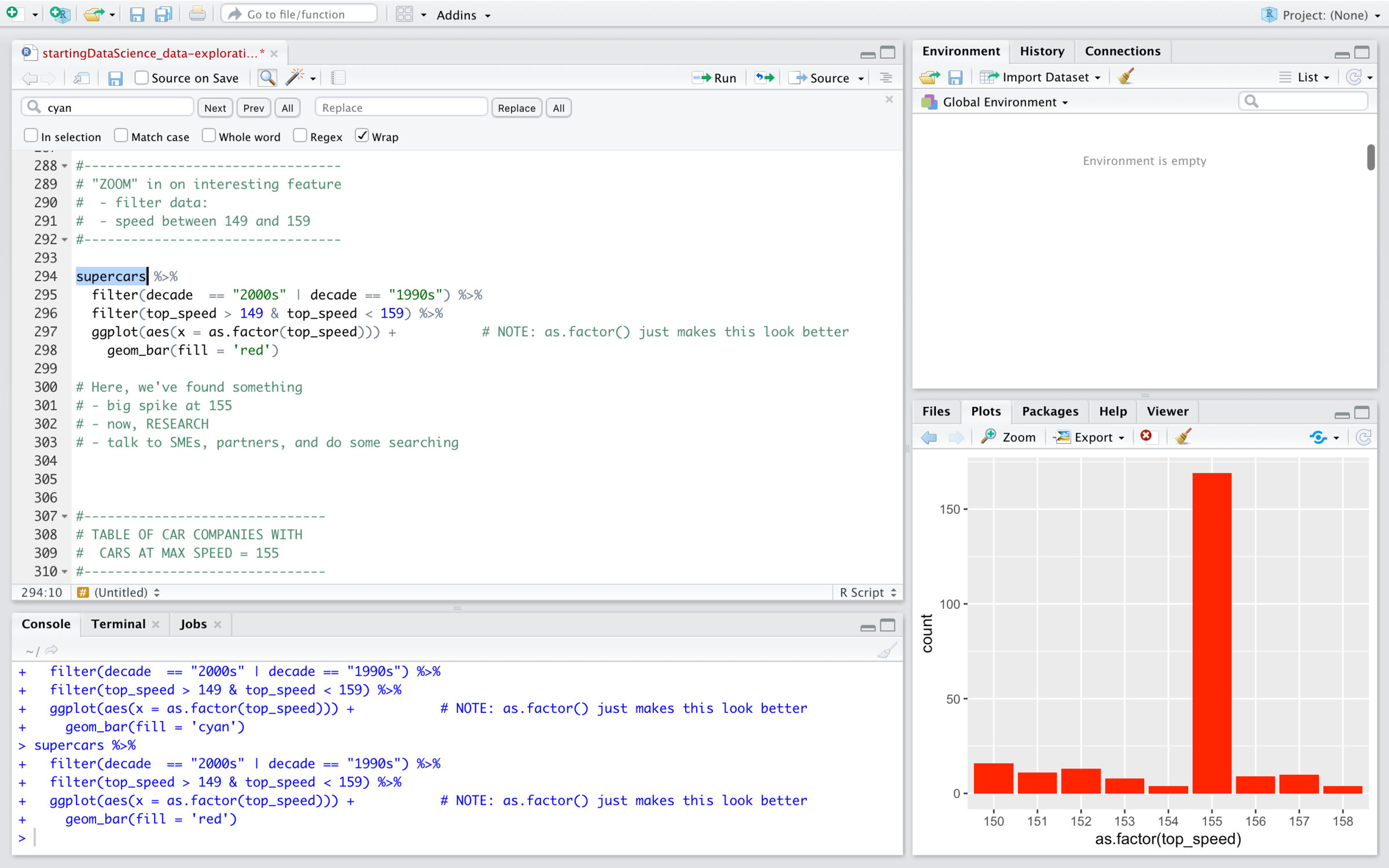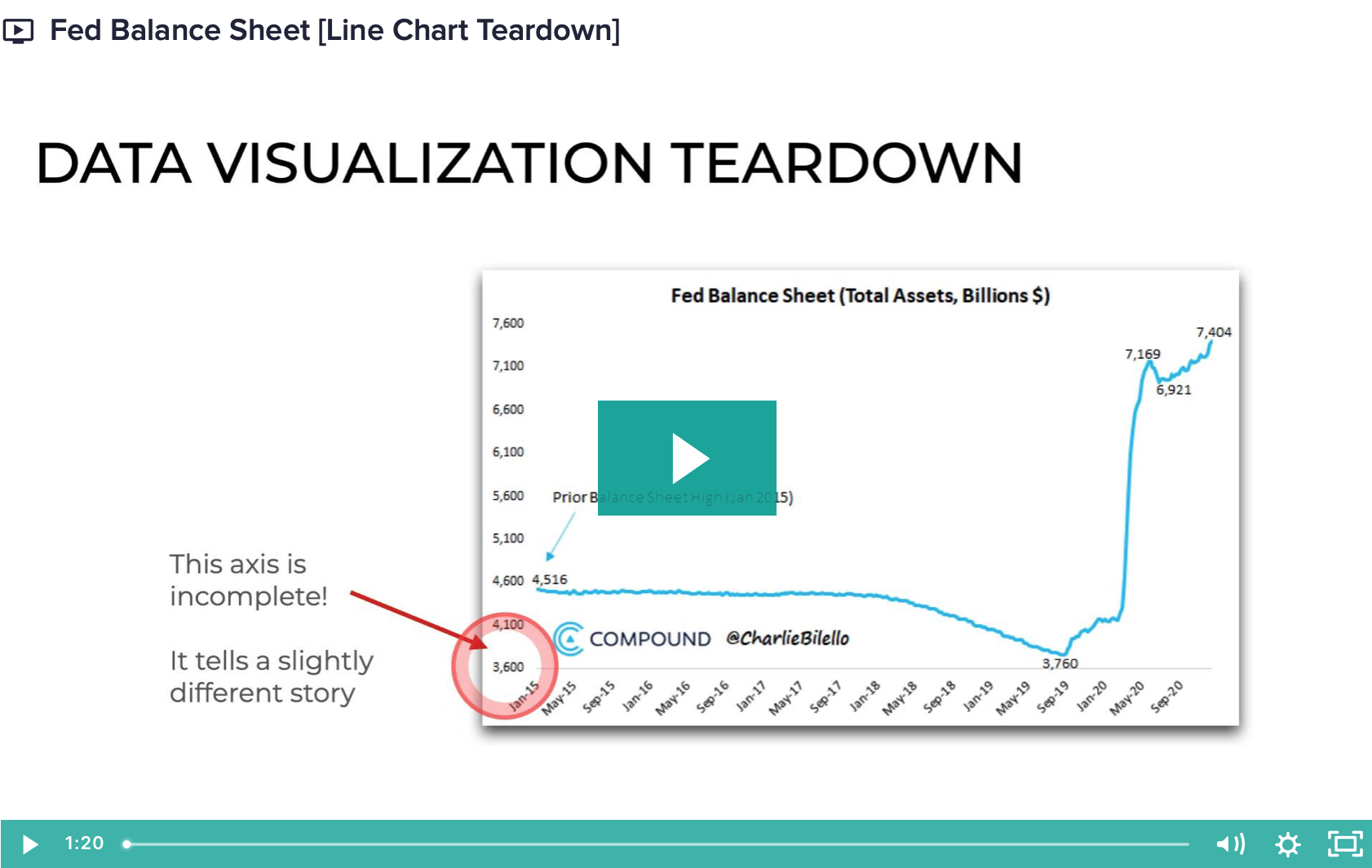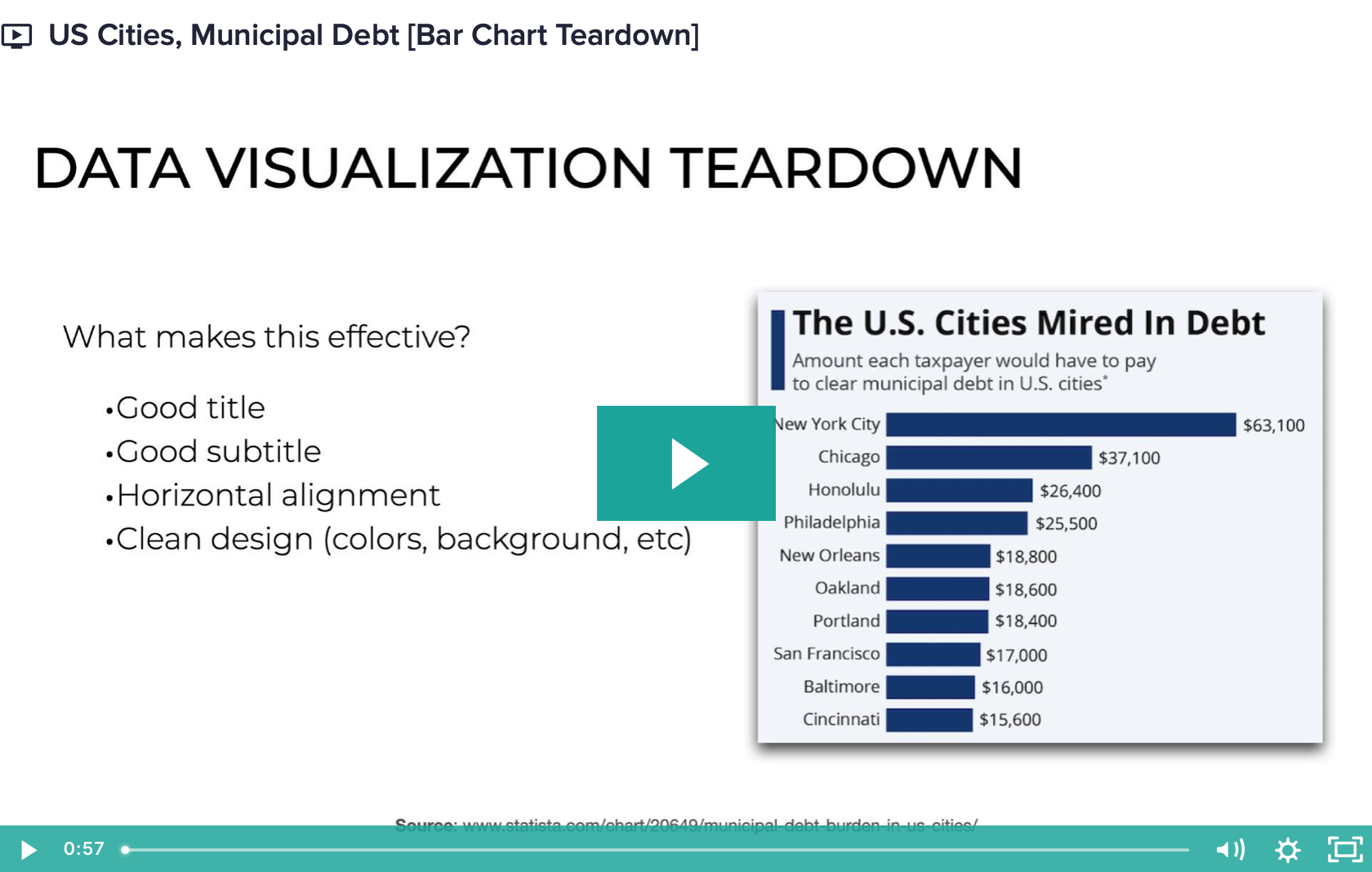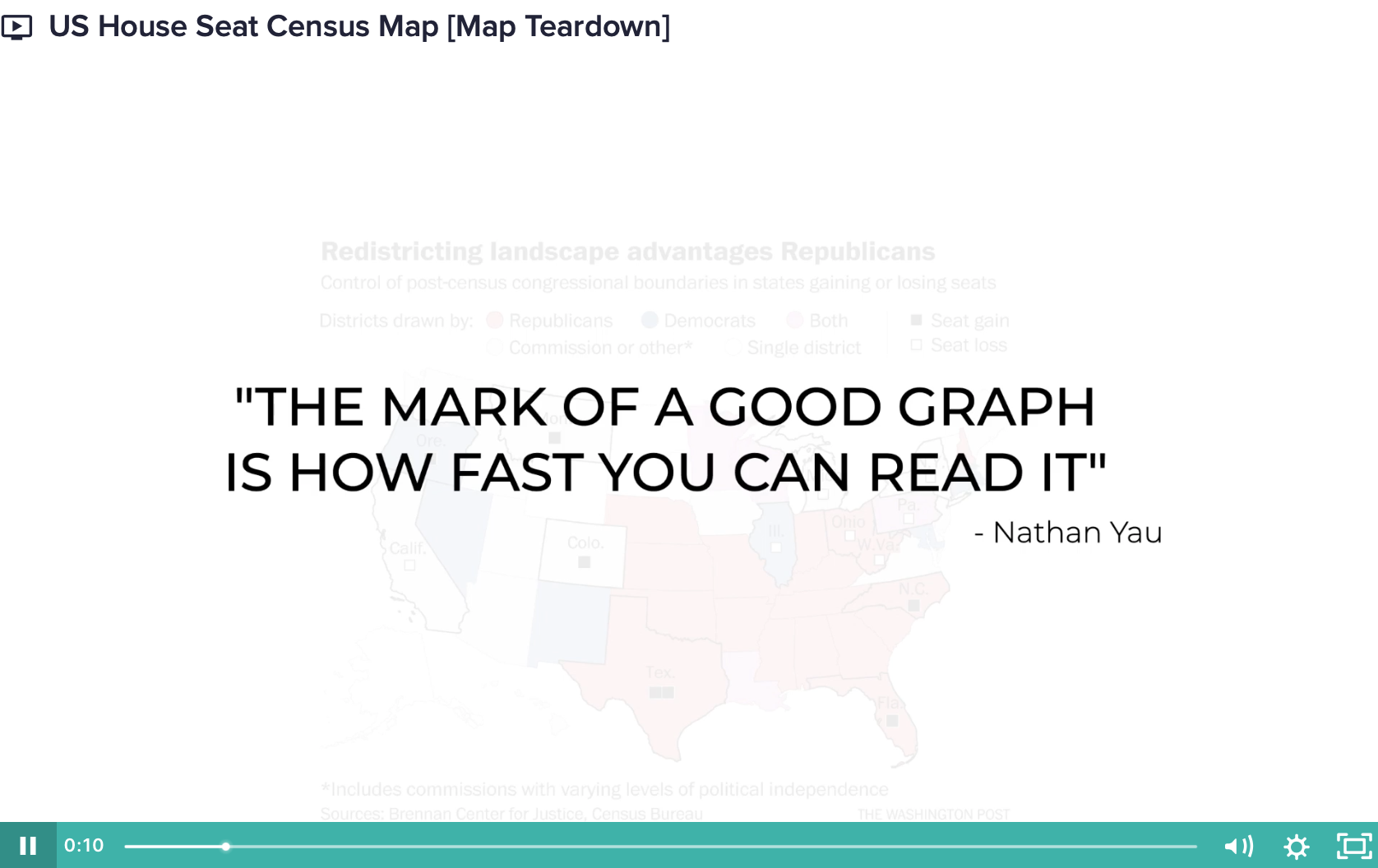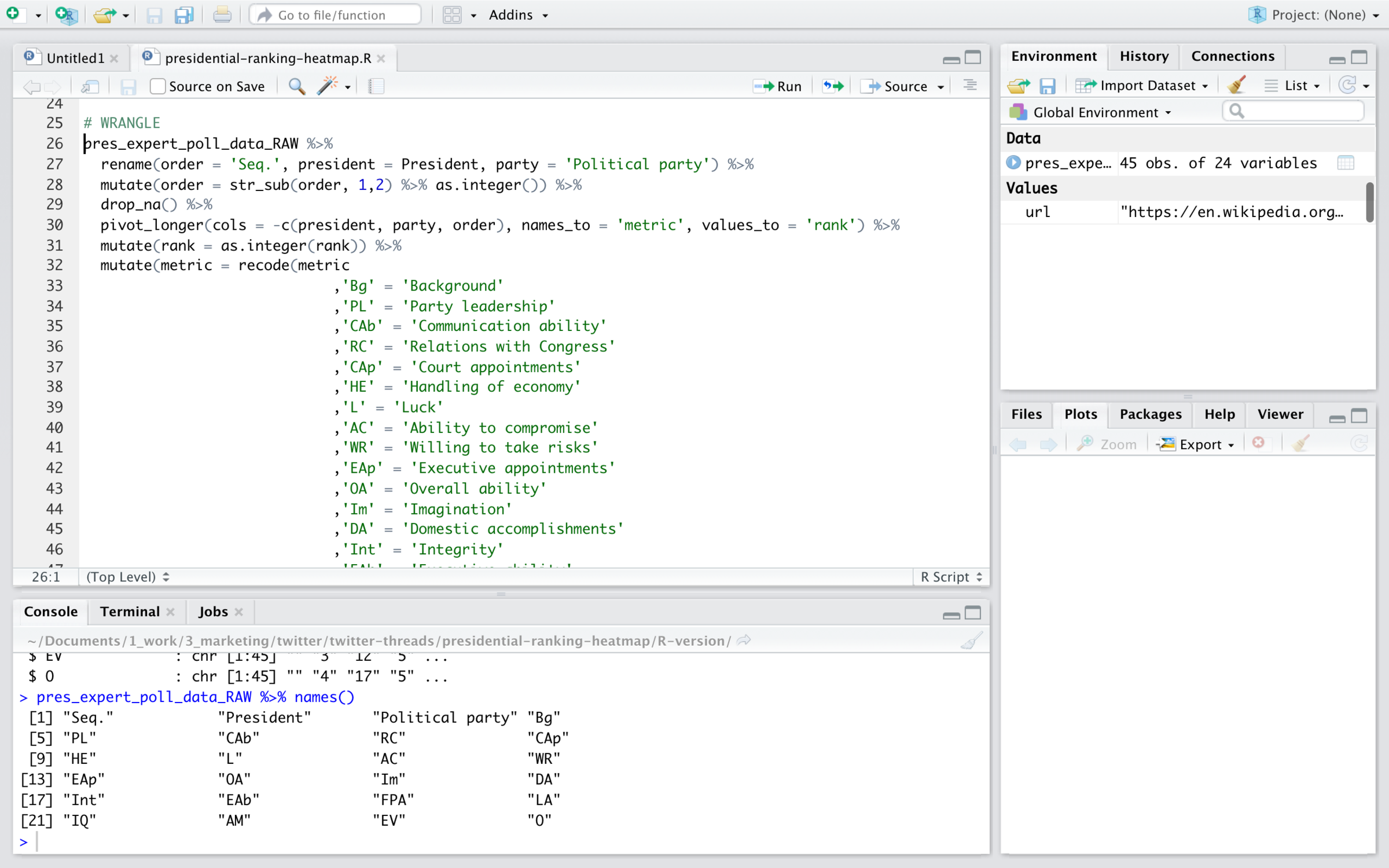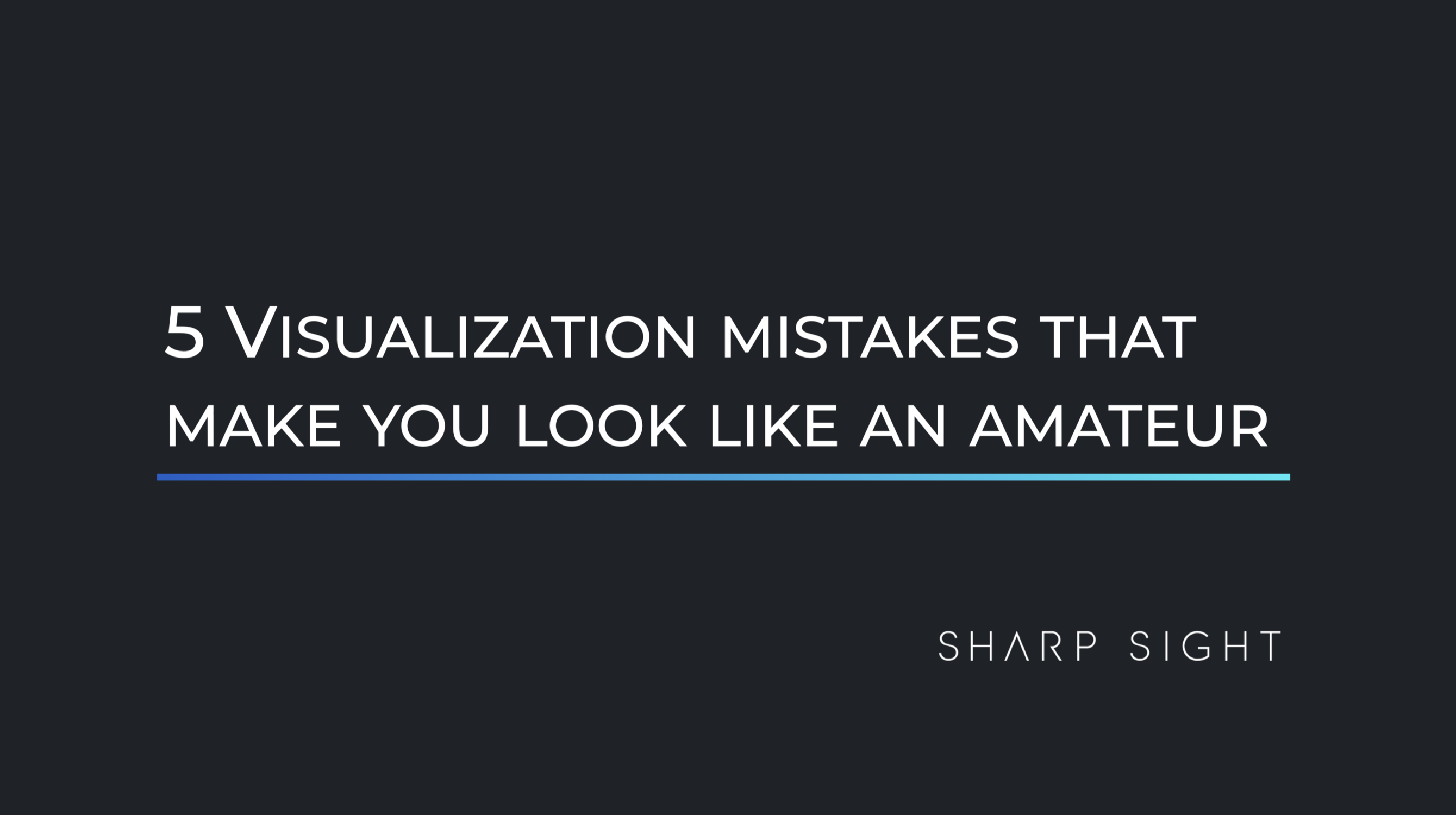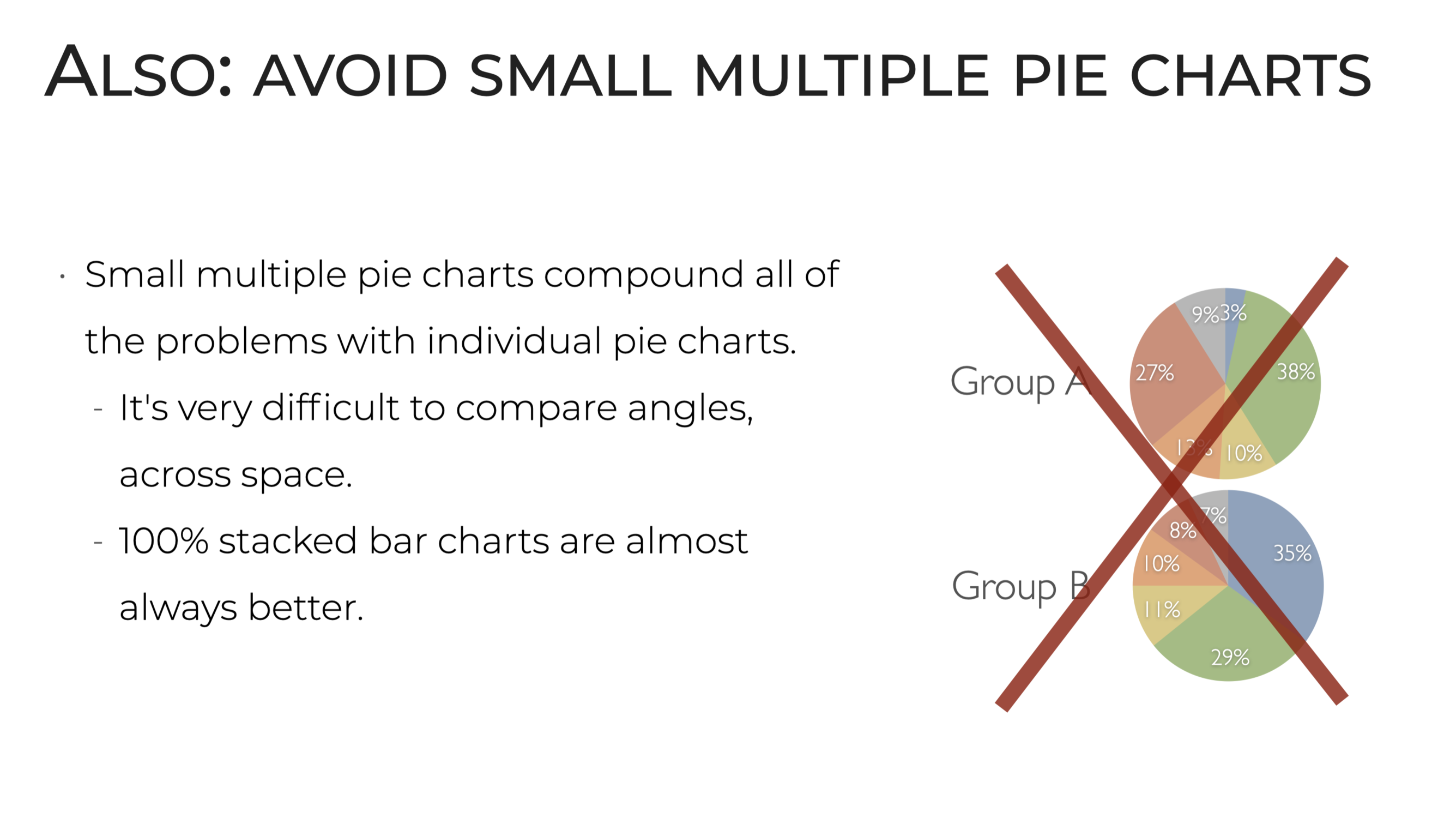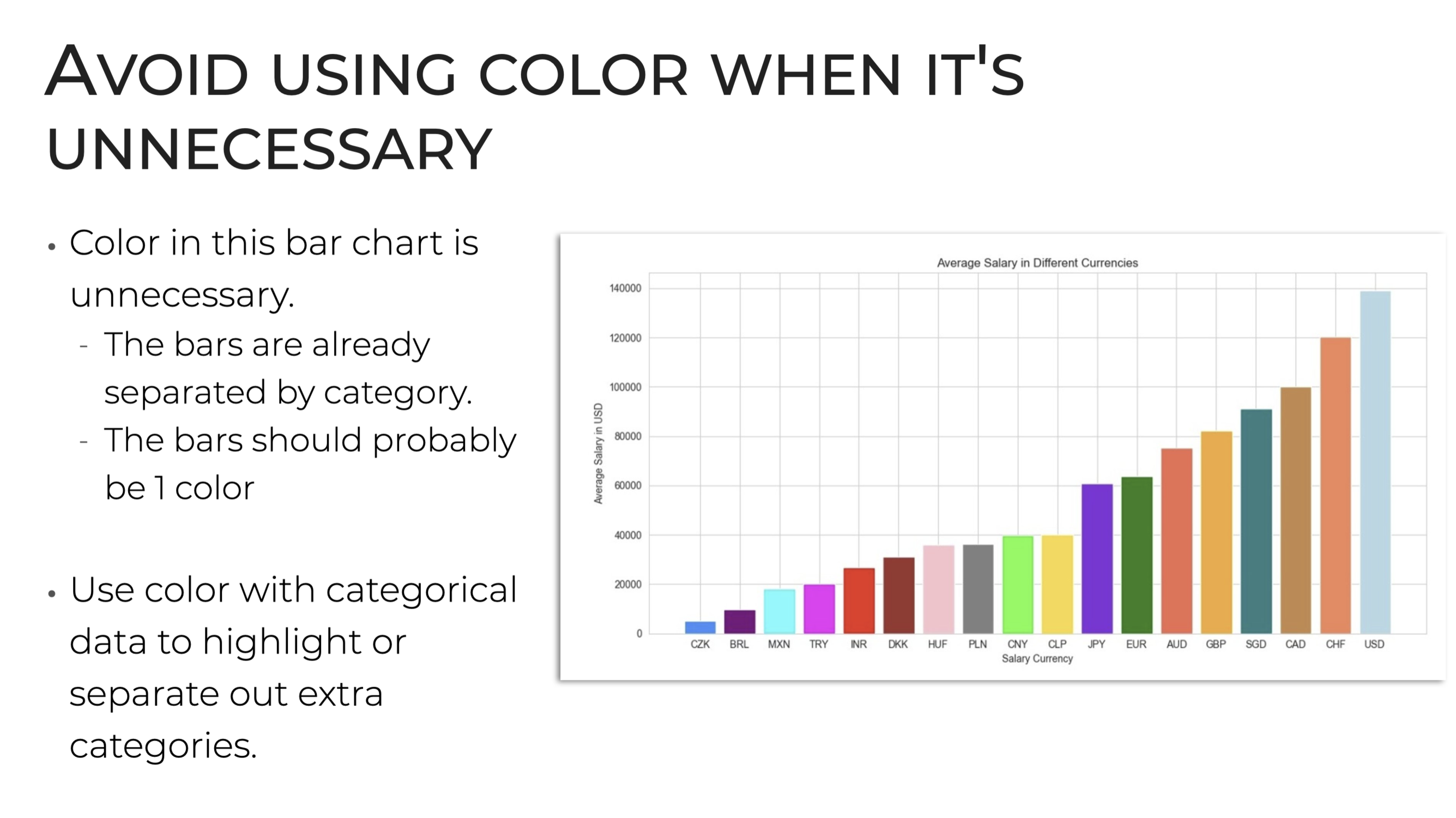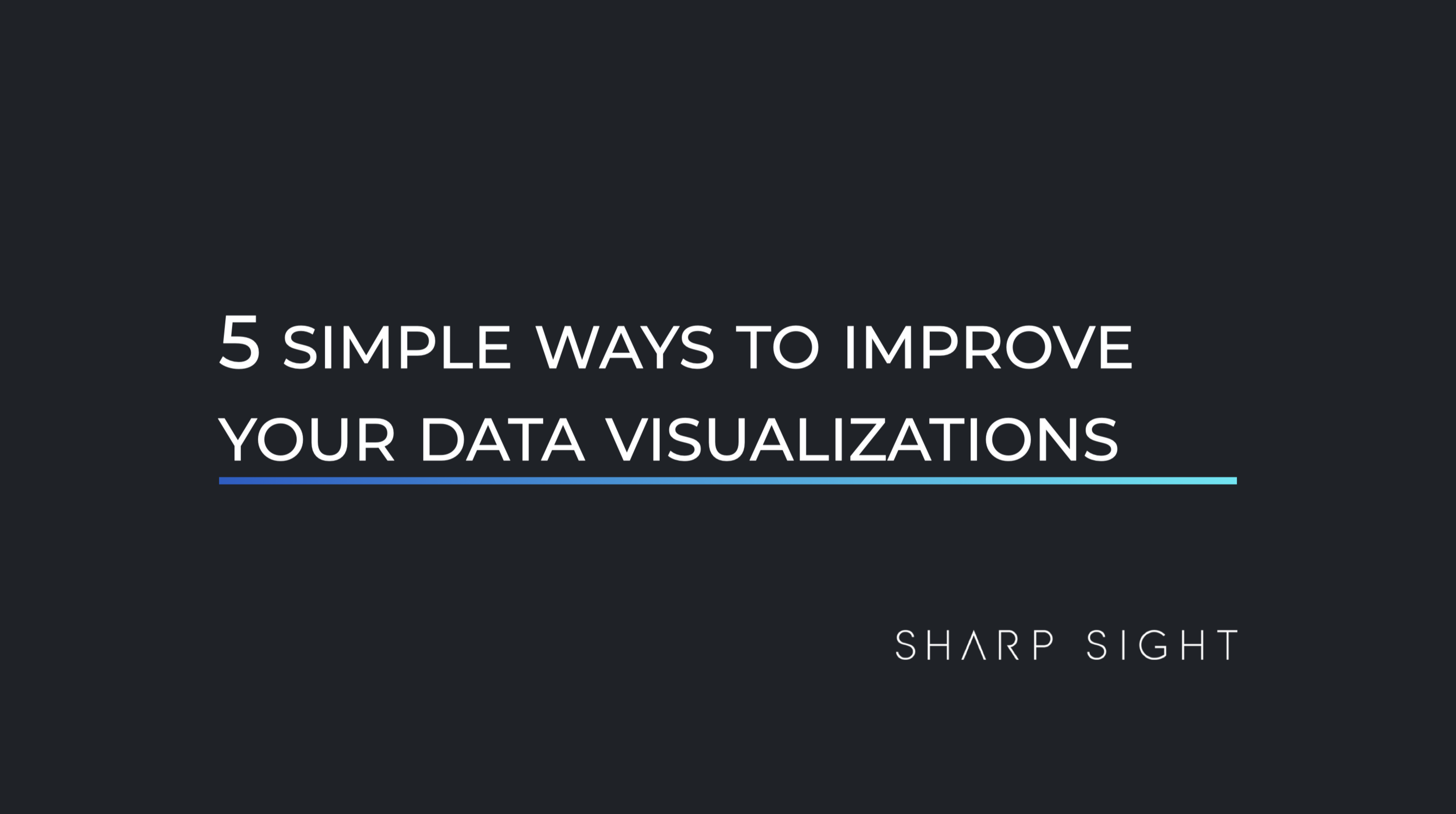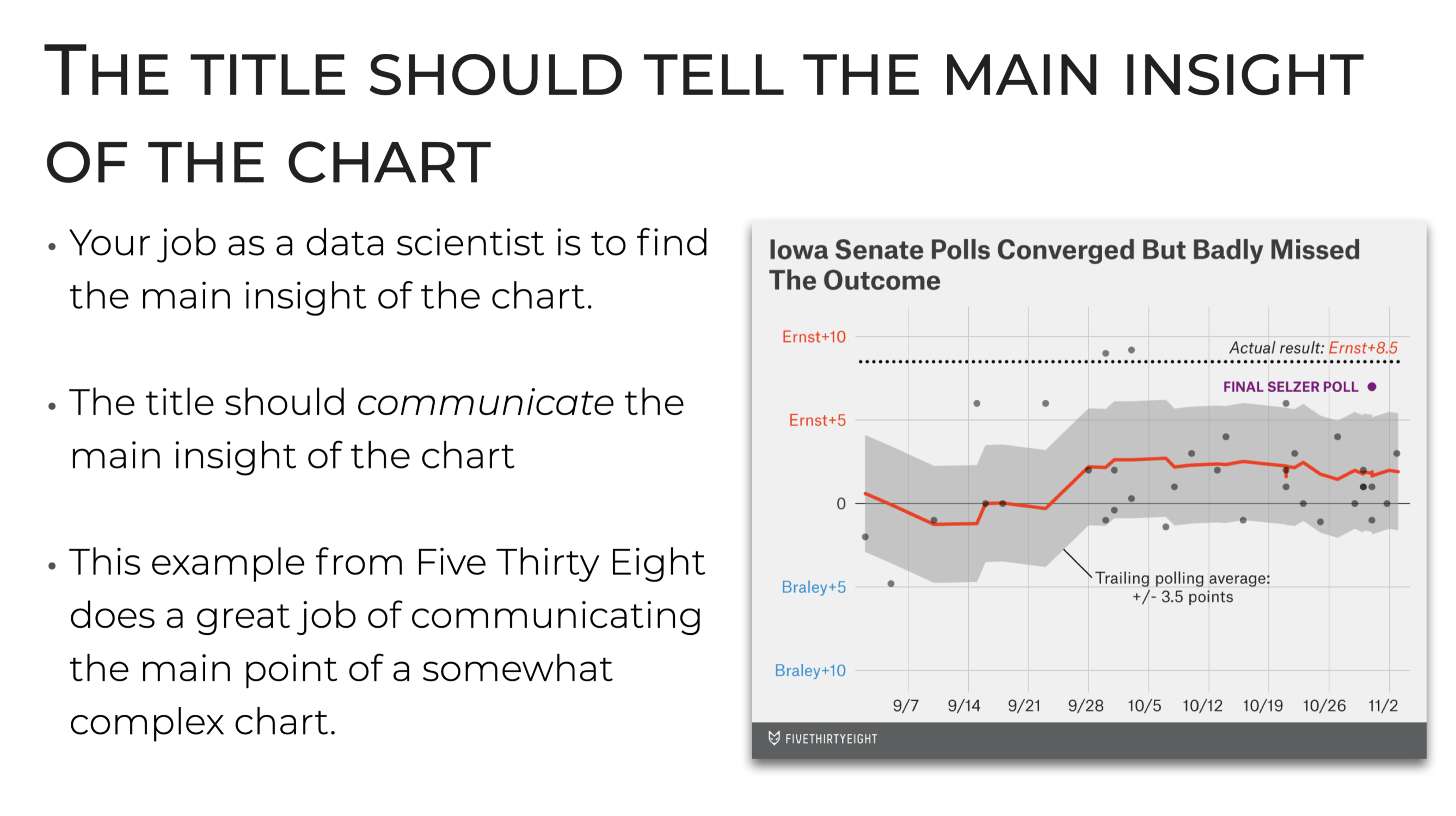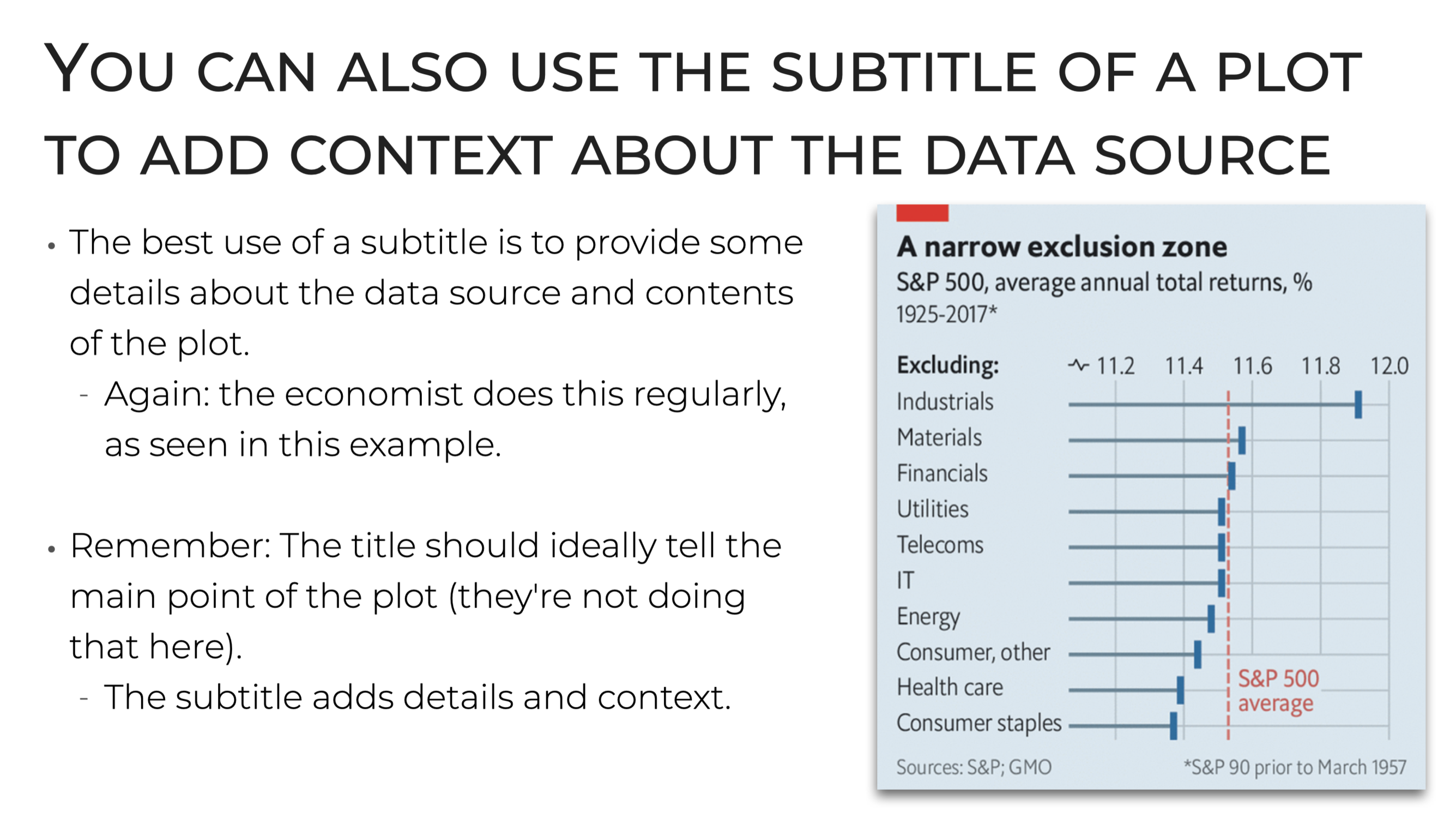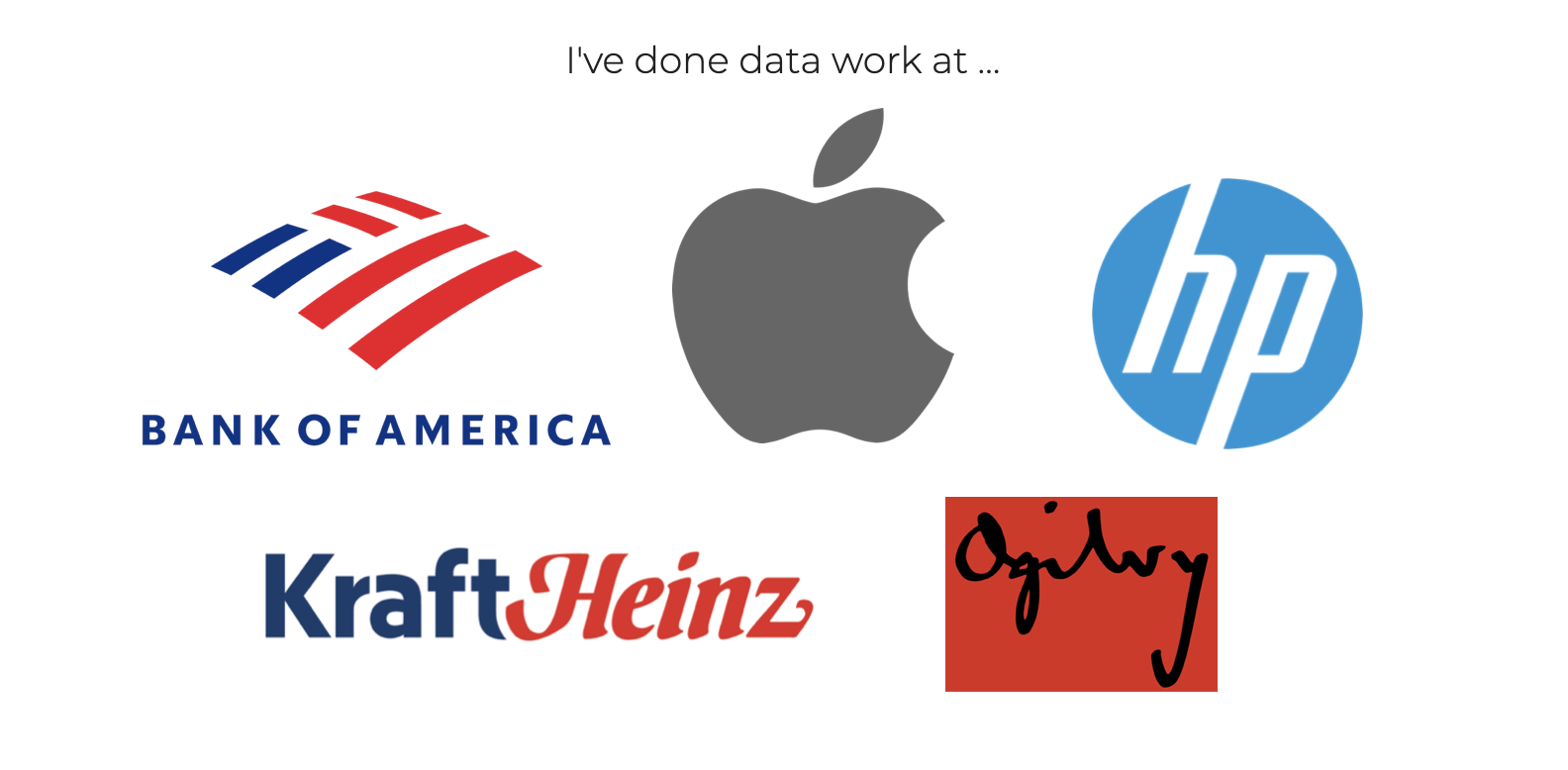
Master the R Skills You Need
For a High-Paying
Data Science Job
Master R Data Science in as Little as 10 Minutes Per Day.
• Master data wrangling, data visualization, and data analysis
• Memorize R data science syntax
• Increase your earning power with data science
• Even if you struggle to find time

Hi. I’m Josh Ebner, the founder of Sharp Sight, and a former data scientist at Apple.
I’m sure you know that data science skills are extremely valuable.
For example ….
According to Glassdoor, right now the AVERAGE salary for a U.S. data scientist is almost $150,000.
And total compensation at some top companies is over $300,000 (if you include stock, etc).
Adding data science skills to your skillset can increase your income by at least $10,000 to $20,000 per year.
Sounds great, right?
Yes, but there’s a catch.
There so much to learn, and just not enough time.
“I want to upskill,
but ….”
Let me guess …
You want to upskill ….
Improving your data science skills would make you more employable …
Data science skills would give you more career flexibility …
… help you secure a new job or a better job
And frankly …
Data science skills would help you make more money.
But there’s a problem.
Learning data science is overwhelming.
And there are several problems that stand in the way of making more money with data science …
Problem 1: There’s “Too Much to Learn”
First, there’s the problem of how much that you need to learn when you study data science.
Or at least how much that you seemingly need to learn.
Many experts will give you a huge list of topics that they say are necessary …
Calculus, linear algebra, probability, statistics, Bayesian statistics, data wrangling, visualization, optimization theory, and 5 different programming languages.
Man … I’m stressed out just writing it down.
Look.
If you want to master data science quickly and efficiently, you need to focus relentlessly on the most important things.
So it’s a waste of time to try to do everything.
You need to learn the most important things that will help you make more money and improve your job prospects.
And you need to ruthlessly cut everything else.
I’m going to tell you how in just a minute …
Problem 2: You Keep Forgetting Syntax
The second problem is forgetting syntax
Have you ever learned some syntax, but forgetten the syntax a few days later.
Or have you ever had to search on google, to try to figure out how to do something?
It’s OK if you have.
I’ve been there too.
Most data science students struggle with this.
This is very common …
But it’s a huge barrier to your success in data science.
For starters, it’s just a huge waste of time. You spend time learning something, then forget it, and have to go back and re-learn it.
It’s horribly inefficient.
But the bigger problem is that if you want to get a data science job, they will test you.
When you interview for a data science role, they will test your ability to write code from memory.
This coding interview is critical.
Essentially, one way or another, you need to memorize the syntax to pass this step in the interview process and make more money.
Problem 3: You Struggle to Find Time
Finally, one of the biggest problems finding enough time.
You’re a busy person, right?
Job, family, friends, hobbies …
You already have a busy life.
So it’s really hard to find enough time to learn new skills.
I get it. I’m busy too …
What that means is that you need to be ultra time-efficient in order to learn these data science skills in the limited free time that you have.
You Need to Solve These Problems
to Master Data Science
and Make More Money
If you’ve encountered these problems as you tried to learn data science, I understand.
I’ve been there.
I’ve felt like there was too much too learn, and I wasted lots of time focusing on the wrong things.
I’ve struggled to remember syntax, constantly needing to re-learn things (and worrying that I might not pass a coding interview).
I’ve struggled to find enough time, because like you, I’m a really busy person.
And I know the feeling of regret, waking up months, even years later, and feeling like I’ve made a small amount of progress.
But unfortunately, these problems will keep getting in your way until you solve them.
And they’ll stop you from reaching your goals making more money and having more job options.
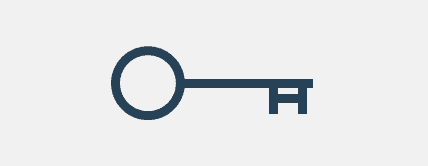
But here’s a secret …
It’s possible to master R data science in a few weeks, with as little as 10 minutes per day, if you have a hyper-efficient, step-by-step system to learn it.
I have some good news for you though.
Learning data science in R can be fast and efficient.
I used to be just like you.
I was busy.
I had limited time to learn data science.
I forgot syntax.
I though that most of the materials were hard to understand.
And after struggling to master data science, I decided to create a fast, efficient, and effective way to learn data science in R.
So studied everything I could find about learning faster and more efficiently.
I read books about memory.
I read books about how polyglots learn languages.
I read books by elite athletes and Navy Seals to find out how they practice and train.
Eventually, I began noticing patterns.
And I finally “cracked the code” on learning data science.
It changed everything for me and my students.
What if You Could Master R Data Science
in Only A Few Weeks,
in As Little As 10 Minutes Per Day?
After months (and frankly, years) of trying to master data science, and constantly struggling to find time, I developed a step-by-step system to help people master data science skills.
This system is hyper-efficient …
So it’s perfect if you have limited time.
And importantly, it will help you memorize all of the R syntax that you learn.
So if you practice like I show you, you’ll master R data science in 1 or 2 months.
With as little as 10 minutes per day of practice.
And put you on the path to that high-paying data science job.
Here’s how …
Introducing …
Starting Data Science
A systematic, step-by-step course to help you learn and master the essential skills of data science in R.
Focus on the most important,
and most valuable data science skills
Starting Data Science focuses on the most important and most valuable data science skills.
This course avoids unnecessary theory and BS skills that you don’t need. So it cuts out a lot of the unnecessary theory and math …
And focuses on the things you need.
Ultimately, we’ve applied the 80/20 rule to data science, so you focus on the most important 20% that will get you 80% of the results.
Memorize Data Science Syntax
Forgetting data science syntax is a huge problem when you learn data science.
That’s why we developed a unique practice system that will help you memorize syntax.
This practice system is based on key insights from cognitive psychology …
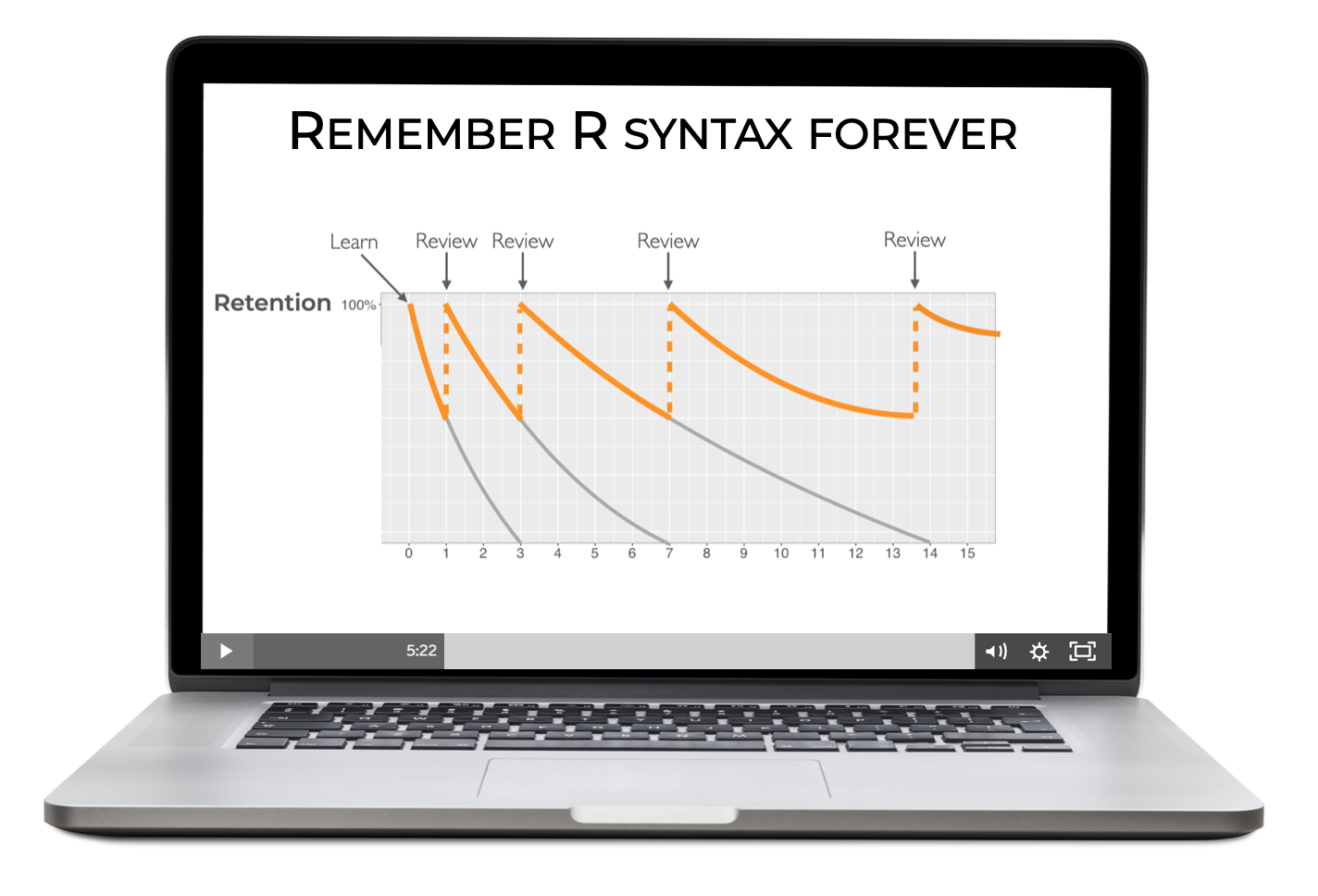
By showing you how to carefully structure your practice, we’ll help you “hack” your memory so that you remember all of the critical syntax for data science in R, permanently.
This will save you lots of time learning new techniques.
But more importantly, memorizing the syntax will dramatically increase your chances of passing your data science coding interview.
Discover How to “Put the Pieces Together”
To do real data science work …
Things like data cleaning and data analysis …
You often need to combine multiple tools together in specific ways.
In Starting Data Science, you’ll discover how to combine together tools from R data science packages to accomplish real tasks.
We’ll show you how to “put the pieces together” to do real work.
And we’ll show you these practical techniques with clear, step-by-step examples.
Master Data Science in 10 Minutes Per Day
I know that you have limited time.
You struggle to find enough time to study data science and practice what you learn.
That’s why I designed this course to be hyper-efficient.
If you can invest as little as 10 minutes per day doing the practice exercises in this course, you can memorize all of the critical R data science syntax that we show you.
Can you find 10 minutes per day?
If so, you can memorize R syntax and master R data science.
Our hyper-efficient system works like magic, if you just follow the process.
Master data science within weeks
As I’ve mentioned, Starting Data Science is designed to be the most efficient, most effective way to master data science in R.
Ultimately, if you follow the system, you will be able to master critical data science skills within weeks.
The first key to learning efficiently is the structure of the course. We’ve structured this course methodically. You’ll learn the right material at the right time. One topic flows into the next … so learning will be simple, natural, and effortless.
Moreover, our unique training system is designed for maximum efficiency. We used insights from psychology and neuroscience to “hack” your memory. When you follow our training system, you’ll effortlessly memorize all of the R syntax you learn within weeks.
Increase Your Earning Power
How much more could you earn if you added data science to your existing skillset?
$10,000 per year?
$20,000?
$50,000 more per year?
If you’re an analyst, engineer or any type of business professional, you’ll be able to significantly increase your earning power by adding data science skills.
And this course, Starting Data Science with R, is the fastest way to master those skills.
“Learning this way is almost addictive!”
– Victor O., Sharp Sight student
In Starting Data Science
you’ll master the essential skills
of data science in R
Starting Data Science will teach you several critical areas of data science: data manipulation, data visualization, and data analysis.
To do this, you’ll learn several important R packages:
- Base R
- ggplot2
- dplyr
- readr
- forcats
- tidyr
- lubridate
- stringr
Specifically, here’s what you’ll learn when you join:
Base R
In the first module, you’ll learn base R.
The R programming language forms the foundation of data science in R, so you need to know quite a bit about data types, logic, and control structures.
With that in mind, you’ll learn:
- R data types
- vectors
- how to perform mathematical calculations in R
- logical expressions
- strings
- … and more
If you’re a true beginner to R, these topics will be explained in a clear, easy to understand manner, so it will all be crystal clear.
And if you have a little experience with R, you’ll discover a training system that will enable you to become “fluent” in all of these foundational techniques.
ggplot2
In Starting Data Science, you’ll learn to visualize your data with the ggplot2 package.
ggplot2 is almost certainly the best visualization tool for R, and it is arguably the best visualization tool on the market today.
So, you’ll start by learning how ggplot syntax works in clear, straightforward terms ….
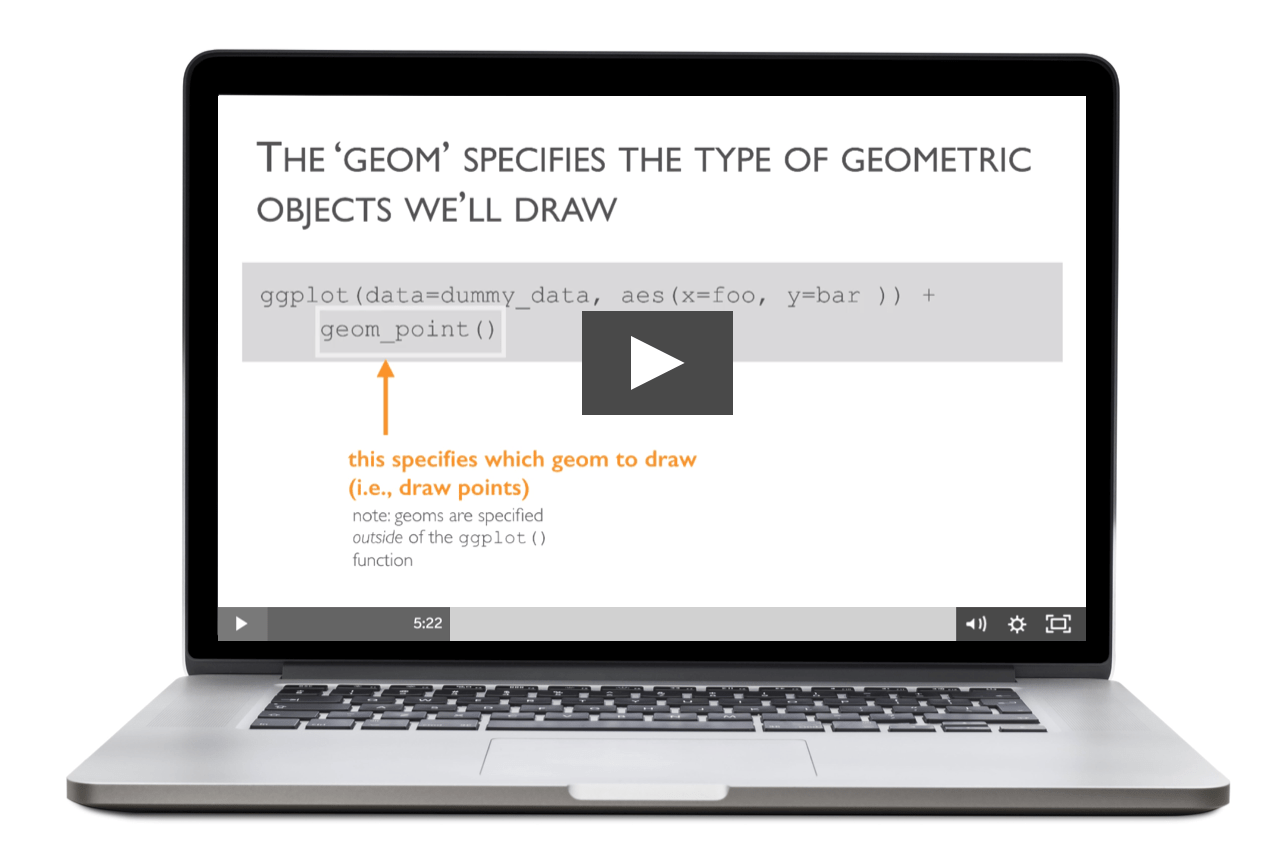
Then you’ll learn the core, essential data visualization techniques that every data scientist must master …

And importantly, you’ll learn the DEEP STRUCTURE behind the syntax.
In fact, Starting Data Science will explain the deep structure behind all data visualizations.
So ultimately, you’ll learn how to think about visualization …
Which will enable you to move BEYOND the basics, and give you the tools to create stunning and insightful data visualizations.
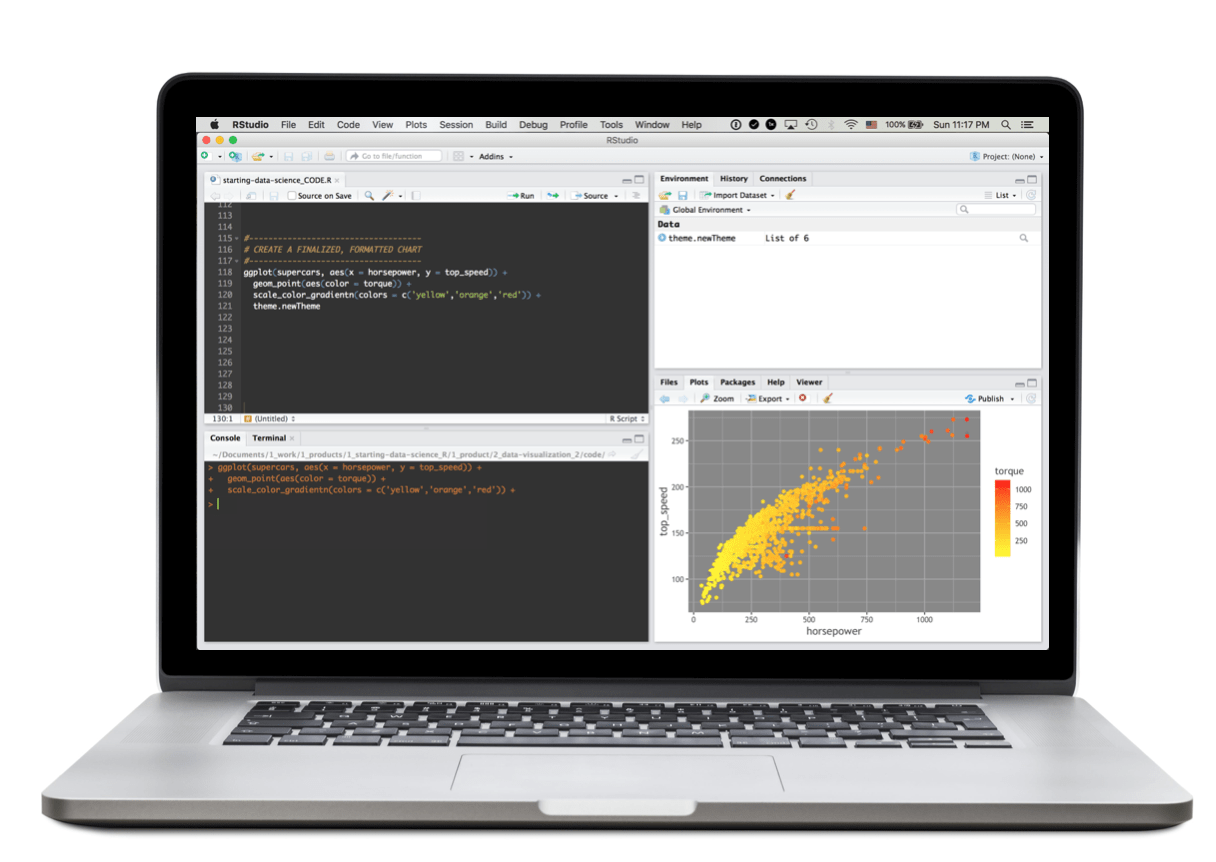
dplyr
R’s dplyr package is a data manipulation package that’s renowned for being powerful, easy to learn, and easy to use.
Starting data science will give you clear, intuitive explanations of dplyr’s syntax.
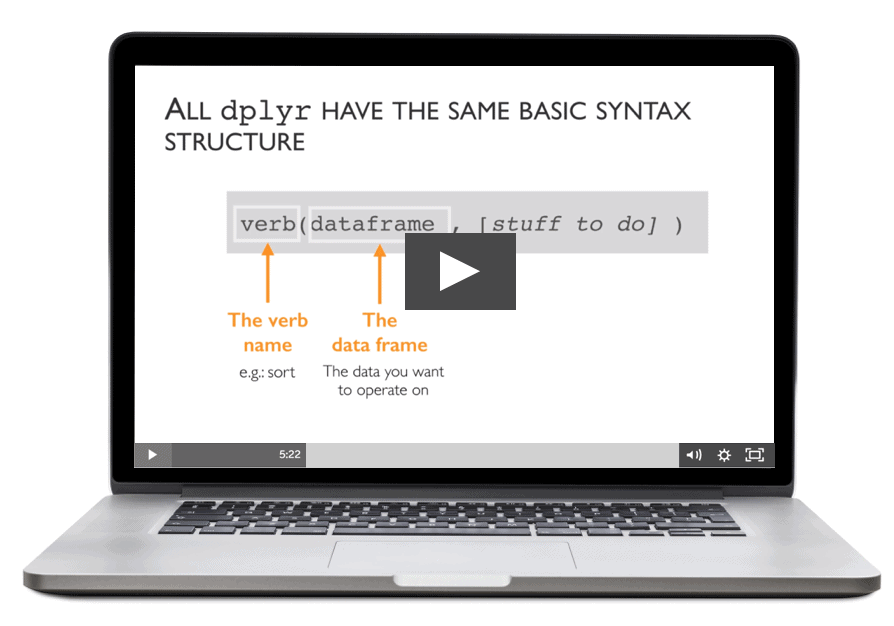
R’s dplyr package is a data manipulation package that’s renowned for being powerful, easy to learn, and easy to use.
Starting data science will give you clear, intuitive explanations of dplyr’s syntax.
And ultimately, you’ll learn a full data-manipulation toolset for manipulating and “wrangling” your data.
You’ll learn critical skills like:
- How to add variables to a dataset
- How to remove variables
- How to subset your data
- How to sort your data
- How to summarize variables (… and calculate stats like means, medians, etc)
- How to aggregate your data (i.e., grouping data)
- How to join datasets together
Lubridate
Lubridate is an R package for working with dates and times.
Working with dates and times is notoriously difficult in most programming languages, but lubridate makes it very, very easy.
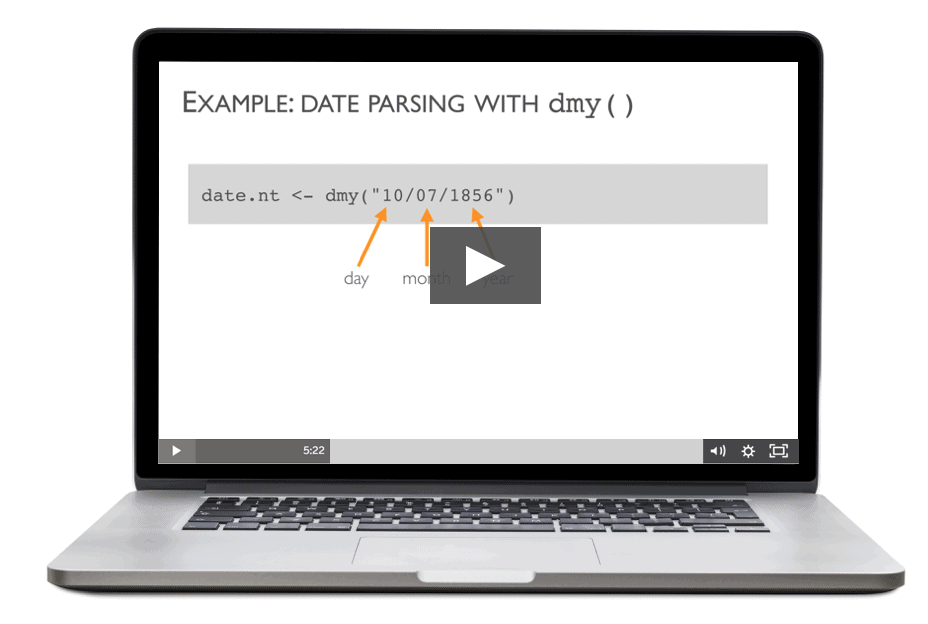
In Starting Data Science, you’ll learn how to use all of the essential tools of lubridate to manipulate your dates in R.
Ultimately, in the lubridate module, you’ll learn how to:
- transform character data into R date variables (lubridate makes this very easy)
- extract parts of a date (i.e., extract the month or day from a full date variable)
- how to change parts of a date
stringr
Traditionally, working with strings in R was difficult because the syntax was clumsy and difficult to remember.
The stringr package, however, makes it easy to work with strings.
Starting Data Science will explain the essential string manipulation functions from stringr, in simple, easy to understand terms.
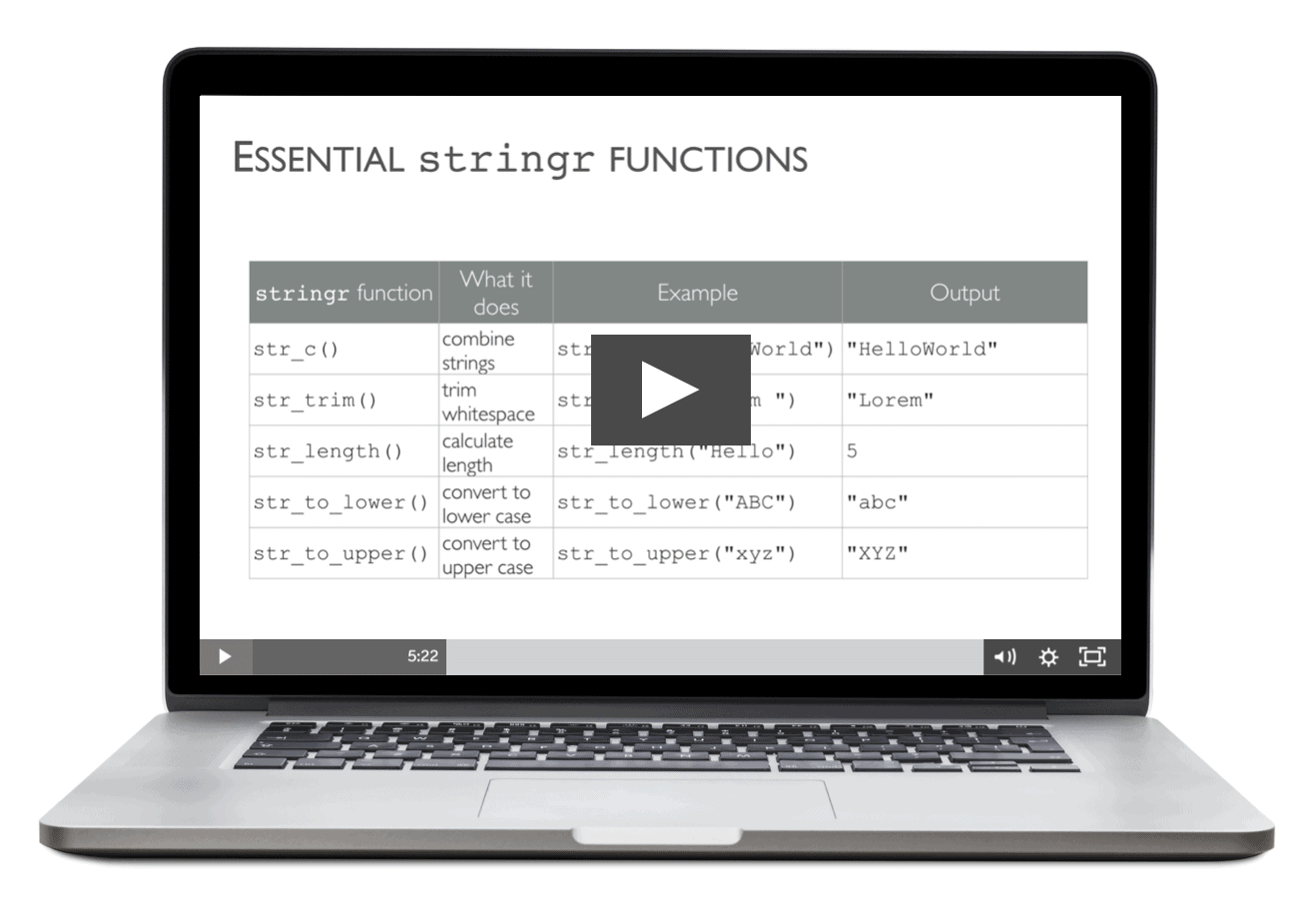
You’ll learn how to:
- subset strings
- perform essential “match and replace” (i.e., find a pattern and replace it with something else)
- combine strings
- change the case of a string (upper case to lower case and visa versa)
- calculate the length of a string
- trim whitespaces
As you begin to work with more complicated datasets, you’ll need to manipulate strings. Stringr will make it easy.
forcats
R’s forcats package will give you tools to work with categorical data.
You’ll learn how to:
- create factor variables (i.e., categorical variables)
- combine factor levels
- recode/rename factor levels
- reorder & reorganize factor levels
readr
The readr package will give you tools for working with external, text based datasets.
By learning readr, you’ll learn how to:
- read in csv files
- read in tab-delimited files
- read in files delimited by other characters
- handle “comments” and extraneous data that needs to be removed
- name your variables (when you read in your data)
Learning readr will open up new opportunities, because it will give you access to external datasets.
This is critical both for practicing your data science skills (with outside datasets) but also for getting things done in a work environment.
tidyr
You’ll also learn how to use the tidyr package to reshape your data.
A lot of the data you’ll work with will be “messy” data. Frequently, you’ll need to reshape it in some way … you may need to make the data “tidy”.
Starting Data Science will teach you to put your data into the right shape for exploration and analysis.
You’ll learn the syntax for tidyr functions …
You’ll also get clear, intuitive explanations for how the tidyr functions work.
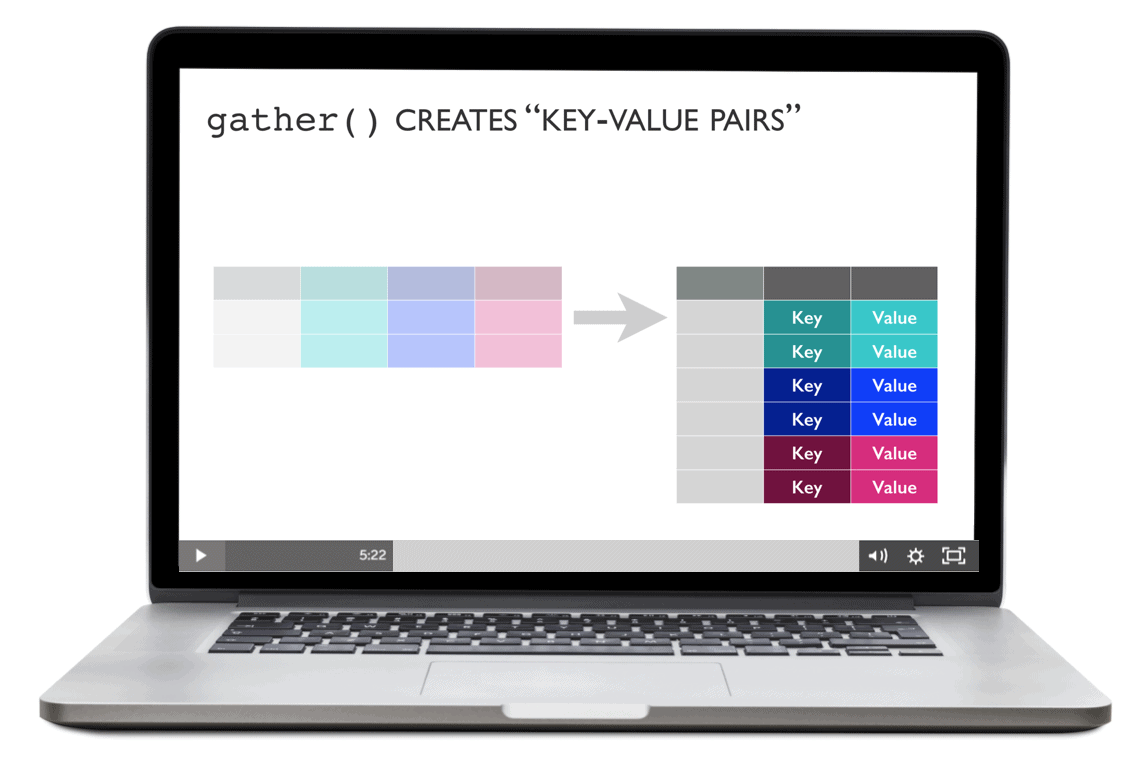
This is very helpful …
… reshaping data can be a little difficult to wrap your mind around, so Starting Data Science will explain how these functions work and make them easy to understand.
Ultimately, by learning dplyr and tidyr, you’ll learn a very powerful and easy-to-use toolkit for manipulating your data.
Learn how to combine syntax
Once you master the individual tools from ggplot, dplyr and the other packages, we’ll show you how to “put the pieces together” …
You’ll learn how to combine syntax together to accomplish real data science tasks.
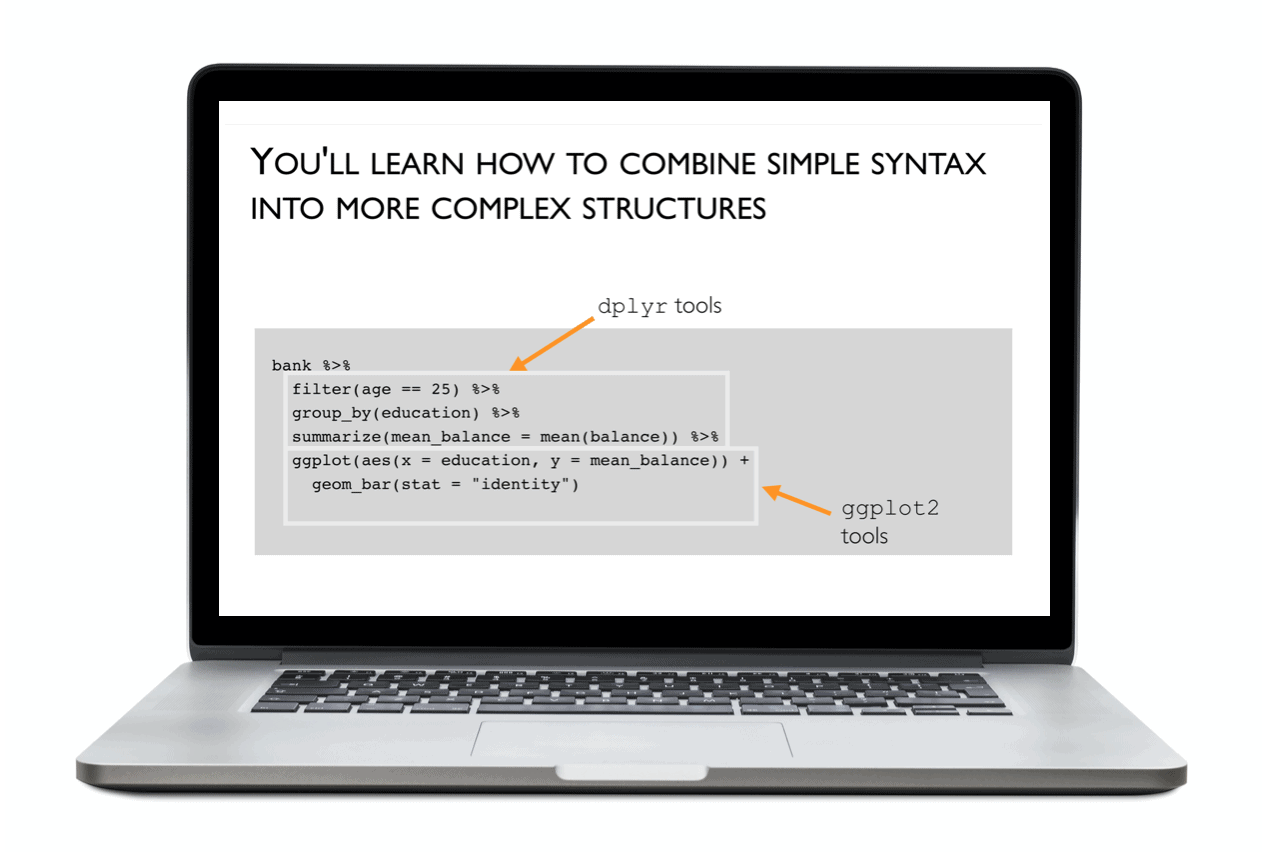
This is the secret to real productivity with R.
Once you learn how to combine syntax together, you’ll be able to wrangle and visualize your data like a pro.
Data Cleaning
and Dataset Preparation
After you learn how to combine syntax, you’ll learn the process for data cleaning and dataset preparation.
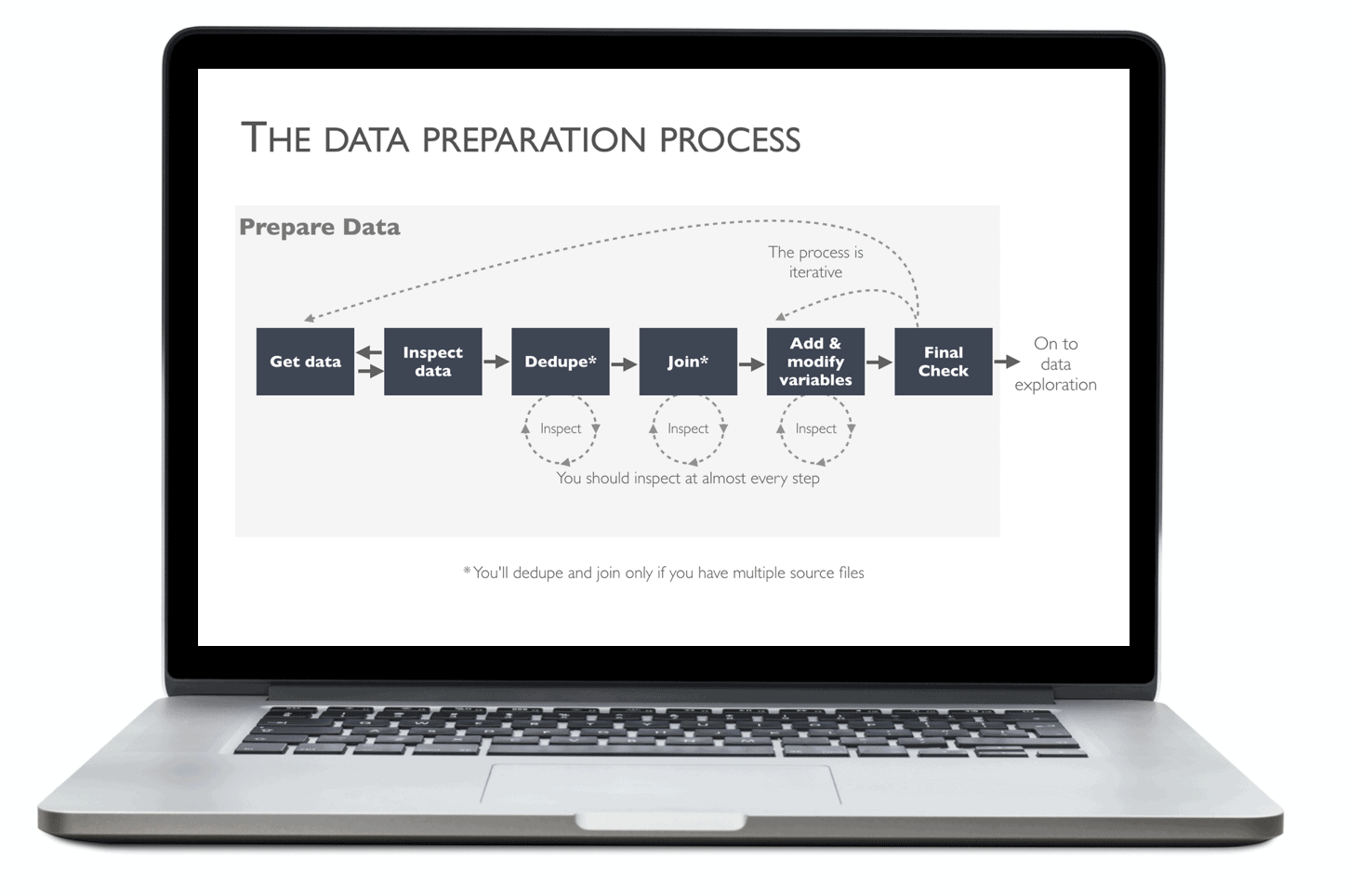
In Starting Data Science, you’ll learn a step-by-step process for getting, cleaning, and reshaping your data.
You’ll learn the high-level process. But we’ll also show you a clear data preparation case study, so you can see exactly how to use dplyr, Tidyr, Forcats and other tools to clean, reshape, and combine multiple data files into a single dataset that’s ready for visualization and analysis.
If you’re struggling with cleaning your data, then these lessons can show you exactly what to do, and how to do it.
Data Analysis
You’ll also learn a step-by-step process for analyzing your data.
You’ll learn how to combine ggplot2, dplyr, and other tools to analyze data and find insights.
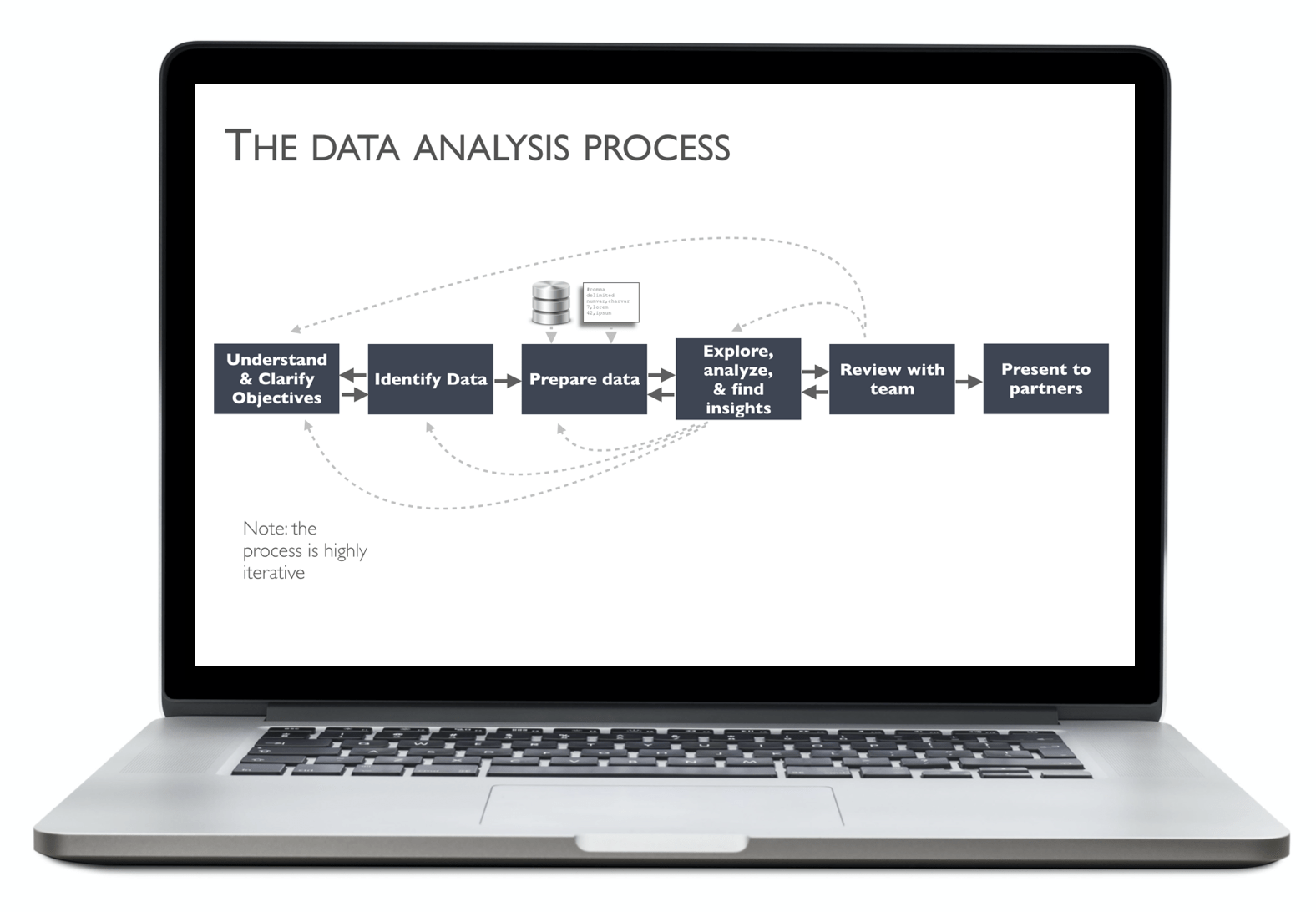
So you’ll learn the high-level process of data analysis …
But you’ll also see step-by-step examples of how data analysis is actually done in R.
We’ll show you how to use data wrangling and data visualization tools together to explore a dataset and find the insights that companies want.
Bonus Vaults
Starting Data Science also contains bonus material:
- data visualization teardowns
- an example of an end-to-end project
In the “data visualization teardown” vault, you’ll learn more about “how to think” about data visualization, and how to “tell stories with data.”
In these video lessons, I break down data visualizations and explain the good, the bad, and the ugly. These lessons will help you sharpen your understanding of how to effectively use data visualizations to communicate valuable insights.
In the project vault, you’ll see an example of an end-to-end project that involves getting data (from Wikipedia), cleaning the data, and visualizing it. This video lesson integrates many of the skills learned in the course, and shows you another example of how they are actually used, in practice.
The code that you see in this vault will help you understand how everything fits together, and will give you ideas for how you can put your new data skills to use.
Bonus:
5 Visualization Mistakes
That Make You Look Like an Amateur
Data visualization is as much about good design as it is about writing syntax to create visualizations.
And a big part of good design is avoiding simple design mistakes.
So in this bonus, I’ll show you 5 of the most common data visualization mistakes that amateurs make.
These are things that you NEED to know, so you know what to avoid doing.
You’ll learn:
- 3 Major Plot Title Mistakes
- The #1 Worst Visualization That You Need to AVOID (hint: it’s extremely common)
- The Reason that 3D Charts are Terrible (and what to do instead)
… and more
This bonus will further sharpen your intuition about how to create great visualizations by telling you 5 things that you absolutely need to avoid.
(You really need to see this, because you’re probably doing at least 1 or 2 of them …)
Bonus:
5 Ways To Improve
Your Data Visualizations
Again … data visualization is about more than just writing syntax.
A lot of visualization is knowing how to use different elements of a plot to communicate to an audience visually.
Have you ever heard someone say the phrase “telling stories with data”?
Visual design is a big part of that.
You have to know how to structure your visualizations.
That’s why in this bonus, I’ll show you 5 simple ways to improve the design of your visualizations.
You’ll learn:
- The RIGHT Way to Use the Plot Title
- How to Use the Plot Subtitle
- Why Plot Annotations are Useful (And what to Use Them For)
… and more
In this bonus, you’ll learn more tips and strategies to improve your visualizations, so you create your charts and graphs like a high-paid pro.
“I can make ggplot plots in my sleep”
– Alan W., Sharp Sight student
Memorize and Master Valuable
R Data Science Skills
Starting Data Science has been carefully designed to help you memorize and master the techniques of data science in R.
Imagine a data science interview …
They ask you to write some code, to wrangle some data and visualize it.
You smile, briefly …
And then you write the code perfectly ….
… fluidly, accurately, and from memory.
That is what real mastery looks like.
When you join Starting Data Science, you’ll discover a training system that will help you memorize and master R syntax.
Our training system will enable you to memorize the syntax for base R, ggplot2, dplyr, tidyr, and other critical R data science packages.
By memorizing the essential syntax, you’ll dramatically increase your chances of passing your data science coding interview.
And you’ll build the foundation for doing great data science work that will help you get noticed, get promoted, and make more money.
“Your practice method is simply effective beyond words”
– Joshua F., Sharp Sight student
About Your Instructor

Hi. I’m Josh Ebner, the founder of Sharp Sight, and a former data scientist at Apple.
I’ve been doing data science and analytics since 2004 (literally since before we called it data science).
I’ve done data science and analytics at some of the biggest and best companies in the world, including Apple, Bank of America, HP, Ogilvy, Kraft, and many others.
Over the course of my career, I’ve made thousands of data visualizations.
I designed this course to help you quickly increase your skill with visualization, but also data storytelling, finding insights, data communication. The skills you need to get a data science job.
I want to turn you into a skilled data visualization pro, as quickly and efficiently as possible, using our step-by-step training system.
“You will walk away with the skills needed to explore your data, visualize it, wrangle the messy pieces into a usable format, re-visualize it, and find useful insights.”
– Chris H., Sharp Sight student
Read What our Students are saying about Starting Data Science
I get it …
You’re probably skeptical.
Becoming “fluent” in R in a few weeks sounds too good to be true.
Mastering essential data science in R in a few weeks doesn’t seem possible …
But it IS possible.
You can become “fluent” in R and master data science skills in only a few weeks.
Our past students have had amazing results.
Here’s what our past students have had to say about our courses and training methodology:
“I enrolled in your data science program this past year …. It’s amazing!
Having taught for 20 years, you have one of best approaches I’ve seen to teaching.”
“I’m really enjoying Starting Data Science.
The practice system is great, and I feel like I’m rapidly memorizing the syntax.”
“I want to say thank you for the quality of the course.
The concepts are combined very well with this course. It’s great.”
“The course is amazing.”
“You deliver excellent information, parsed into just the right units, and provide an awesome way to practice and internalize the material.
… the course is delivering on all the promises, and it’s improving my understanding of everything.”
“Being able to write down key code snippets without looking up anywhere else is so useful.”
“The course is very good.”
“I’m really enjoying the lectures, coding walkthroughs, and practice.
They’ve been tremendously helpful and I can really see my R fluency developing.”
“I have been practicing almost every day and find that it really helped me memorize all the syntax.”
“I feel much more comfortable and proficient after going through the videos and practicing.”
“Your DSSR method is simply effective beyond words.”
“Starting Data Science helped me memorize the ggplot2 commands in an efficient way.”
“I just wanted to let you know that I’m really enjoying Starting Data Science …. I’m looking forward to diving into the program more in the coming weeks.
I’m working on Module 2 right now, and it’s awesome.”
“I just want to let you know that your lessons in R are very good and has made understanding coding much better …
Learning this way is almost addictive!”
“I can basically make basic ggplot plots in my sleep”
“I’m getting a ton out of the course and the flashcards … the flashcard drills really reinforce the code. Very effective. ”
“I can’t speak high enough of Josh’s Starting Data Science course for R. I took the course because even while I was exposed to machine learning content during my Master’s degree, I still didn’t feel confident in completing basic data analysis.
Josh successfully applies real-world 80/20 skills within R teaching his students how to simplify the very complex into highly learnable bits.
For example, ggplot code used to make me cross-eyed, but Josh shows you how to break the syntax up one line of code at a time to where we can memorize the structure of the code from start to finish so that when more complex applications are needed the learner feels confident in trying new things.
If you’re interested in getting into data analytics using R, I highly recommend Josh’s course.
You will walk away with the essential skills needed to explore your data, visualize it, wrangle the messy pieces into a usable format, re-visualize it, and find useful insights.”
When you join Starting Data Science, you’ll get everything you need to master data science fast:






Starting Data Science
is right for you if answer YES to
any of these questions…























No matter what stage you’re at in your data science training, if you answered “yes” to even ONE of of the questions above, you should join Starting Data Science, RIGHT NOW.
BUT!
If you’re looking for a course that will magically turn you into a data unicorn without any effort at all, then don’t join.
If you’re out of cash and definitely can’t afford the course, don’t join.
Starting Data Science is a step-by-step system that will enable you to rapidly master data science in R …
IF you do the work.
You must be willing to put in some effort in order to get the results.
If you’re willing to do that, then Starting Data Science can help you master data science within weeks.
Frequently Asked Questions
Do I need to know R?
No.
While some programming experience will be helpful, if you don’t know R, this course will get you started with the R programming language. And if you use our exclusive practice system, you’ll become “fluent” in writing R code within a few weeks.
How does the course work?
Starting Data Science is an online video course.
After purchasing the course, you’ll get access to a member area, where you will find video lectures, code, practice exercises.
New lessons will be released over several weeks and you can review the material at your own pace. The course is very “flexible” … you can review the material when you want.
“Is this course live?”
This is not a live course.
This is an online video course that you can take at your own pace. You will have access to the course 24 hours a day by logging into the member area.
This makes the course very flexible … you can watch the videos and practice whenever is convenient for you.
“What if I live in India, or China, or Europe?”
You can take this course from anywhere in the world. This course is 100% online, so you can take it from anywhere, at your own pace.
“How long do I have access?”
This is an online course, so you have 24/7 access.
You’ll also have permanent access, so you can return to the material as often as you like (even next year).
"Can I use a different programming language?"
No.
This course only uses the R programming language. There are other good data science programming languages (like Python), but this course exclusively uses R.
If you want to learn how to do data science with Python, you should enroll in our Python-based course, Python Data Mastery.
“If I want to become a data scientist, would this be a first step?”
Absolutely.
Starting Data Science is designed to be a “first step” towards becoming a data scientist.
It will teach you core skills that will enable you to be productive almost immediately, and also build on as you develop your skill set.
The skills you’ll learn are the things you’ll be using almost every day as a data scientist.
“Will this prepare me to learn machine learning later on?”
Yes.
Although the current version of Starting Data Science does not teach machine learning, it has been specifically structured to prepare you to learn machine learning in the future.
Starting Data Science teaches you the necessary foundations (like data manipulation, data visualization, and data analysis) that you’ll need to know to build machine learning models later on.
“Do I need to know calculus and advanced math?”
No.
Starting Data Science avoids advanced math topics completely. Most “advice” will tell you that you need to know advanced math to learn data science. This is a huge myth.
Most working data scientists (working in business and industry) do not use math on a daily basis.
Starting Data Science teaches practical data skills.
So, don’t worry if you don’t know calculus or linear algebra. You won’t need it.
“How much work do I need to put in to the course?”
A couple hours per week.
You can adjust your practice level as needed, so if you only have 10 minutes a day, you can do that.
If you can work for a couple hours per week, you should be able to master the syntax I show you within about 8 weeks.
If you have less time to put in, it may take longer to get results.
“Why are there monthly payments?”
There are two payment options: you can pay ‘in full’ or you can pay in monthly installments.
We created the monthly payment plan to make the course more affordable to people.
If you choose to pay in installments, you will make an installment payment every month for 12 months. By selecting this payment plan, you are committing to 12 complete payments … that’s the cost of the course.
Keep in mind that if you choose to pay the full cost of the course right now, you will get a discount compared to the payment plan option.
“How long does the course last? How many lessons?”
There are 8 primary modules, and each module as several lessons and exercises.
When you join, you’ll immediately see the first module. Then, new modules open every week. You’ll see all of the material within a few weeks.
But, there are exercises to help you master the syntax. To really get results, you should practice for a few weeks afterwards. You should see results within a few weeks and should become “fluent” in the techniques in under 3 months (if you practice!).
Try the course
risk-free for 30 days

Try the course.
If you’re not completely satisfied with your progress, let me know within 30 days and I’ll refund all of your money, no questions asked.
This is entirely RISK FREE for you. You’ll get to try out the best resource for learning critical data science skills and if you’re not completely satisfied, I’ll refund your money.
Yes! I want lifetime access
to Starting Data Science with R!
When you join, you’ll get lifetime access to the Starting Data Science course, including videos, code, practice exercises, and all future updates.
Only 5 monthly payments of:
$167
Or pay in full today and save $138.

A skillset worth
thousands of dollars
According to Glassdoor, the average compensation of a data scientist is almost $150,000 per year.
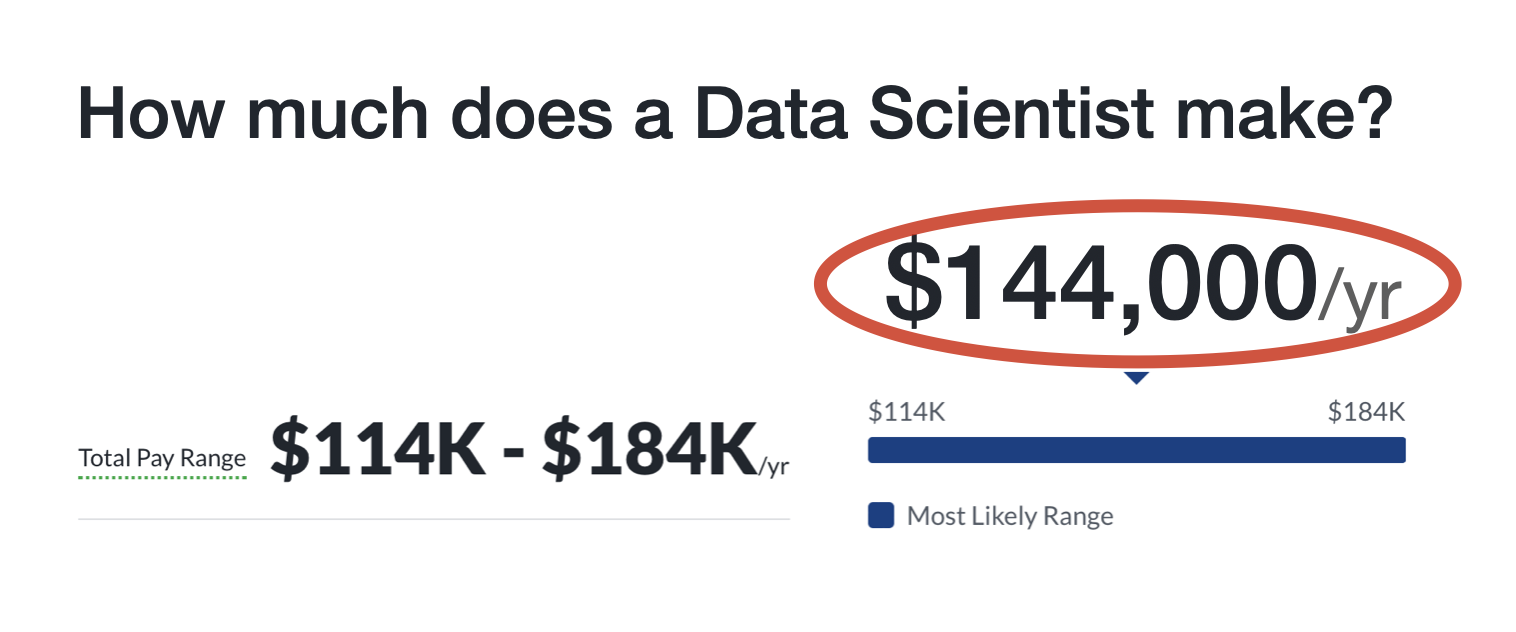
That’s over DOUBLE the median household income in the US.
And even if you don’t become an actual data scientist, data skills are an excellent compliment to other business and technology skills.
People with excellent data skills can sometimes get a $10k to $20k raise
Do the math.
Mastering data science skills could be worth tens of thousands of dollars in a single year.
And over the course of your career, data science skills could be worth hundreds of thousands of dollars.
The possible return on investment could easily be 10x what you spend on the course.
Invest in your future by enrolling now.
Yes! I want lifetime access
to Starting Data Science with R!
When you join, you’ll get lifetime access to the Starting Data Science course, including videos, code, practice exercises, and all future updates.
Only 5 monthly payments of:
$167
Or pay in full today and save $138.

You could save yourself
years of time
Time is your most valuable resource.
It’s a terrible waste of your time to try to figure data science out by yourself. Some data science students waste years learning useless skills, or struggling to learn anything at all, because they don’t have any plan.
Starting Data Science will save you valuable time …
The course is highly structured and extremely efficient.
It’s designed to enable you to learn data science in R as fast as possible, by teaching you the right things, in the right order, and giving you a high-performance practice system for mastering what you learn.
You could save yourself hundreds of hours of unnecessary work.
Don’t try to figure it out alone.
If you join, you’ll get a step-by-step plan. You’ll also get a high performance practice system that will enable you to master data science skills in a matter of weeks.
Our training method could save you vast amounts of time … and time saved is money saved.
Do the math. If you value an hour of your time at $50 dollars, and this course saves you just 100 hours, that’s $5000 saved.
And personally, I value my time a lot higher than $50 an hour.
If you do too … if you value your time at more than $50/hour, then you could save thousands of dollars.
Do the math.
This course could save you thousands of dollars, just by saving you time.
Yes! I want lifetime access
to Starting Data Science with R!
When you join, you’ll get lifetime access to the Starting Data Science course, including videos, code, practice exercises, and all future updates.
Only 5 monthly payments of:
$167
Or pay in full today and save $138.

Learn Data Science
From Home
I know that you’re really busy.
That’s why I designed this course to be ultra-convenient.
All of the video lessons are delivered over the internet.
And you can perform all of the practice exercises from your own computer.
Everything can be done from home.
With Starting Data Science, you can master R from the comfort of your couch, workspace, or home office.
Moreover, once you master data science with R, you will have a skillset that could let you work from home.
As a data scientist and analytics professional, I’ve been working from home and working remote since 2011.
In fact, I was even able to do data science from my laptop for years, while I traveled through Asia.
Data science is one of the most valuable skills, but it’s also one of the most flexible.
If you want to learn from home and work from home, then enroll today and make it happen.
Yes! I want lifetime access
to Starting Data Science with R!
When you join, you’ll get lifetime access to the Starting Data Science course, including videos, code, practice exercises, and all future updates.
Only 5 monthly payments of:
$167
Or pay in full today and save $138.

Invest in a system that works
If you’re like most data science students, you’ve tried a lot of methods to learn data science.
… books, free blog posts, YouTube videos, searches on Google and Stack Overflow.
I probably don’t need to tell you this, but most methods simply don’t work.
Let me ask you: have you read a data science book and “learned” a few things, but then found that you forgot almost all of it a few weeks later?
I’d be willing to bet that you have.
I personally know one data science student who spent $30,000 on a prestigious data science masters degree.
He learned a few things, but a few weeks after the program ended, he realized that he forgot most of it.
Think about that. $30K. Gone.
There’s a happy ending to this story though.
He enrolled in Starting Data Science, and became highly proficient in writing data science code within a few weeks.
And there are many other students who have had great results.
You can get great results too …
…. imagine if you were fluent in writing R code.
…. imagine if you could memorize data science syntax.
…. imagine that you could do these things in a matter of weeks.
You can, if you invest yourself and enroll in Starting Data Science.
Yes! I want lifetime access
to Starting Data Science with R!
When you join, you’ll get lifetime access to the Starting Data Science course, including videos, code, practice exercises, and all future updates.
Only 5 monthly payments of:
$167
Or pay in full today and save $138.

Upgrade your skills
and Increase your Earning Power
This course teaches data science, but it can help anyone who wants to become more proficient with analyzing data and working with data.
Web developers, software engineers, business data analysts …
This course will help you upgrade your skills, and get that $10K raise or next-level job.
You can increase your income by mastering data skills.
The combination of data science with your own skill set (web development, software, business analysis) will make you more valuable and will help you advance your career.
Want to level up your career?
Want to jump to a new job that requires more data skills?
Want to impress the executives at your company to help you climb the ladder?
Want to get a pay raise?
Then level up your data science skills.
Enroll now and we’ll show you how.
Yes! I want lifetime access
to Starting Data Science with R!
When you join, you’ll get lifetime access to the Starting Data Science course, including videos, code, practice exercises, and all future updates.
Only 5 monthly payments of:
$167
Or pay in full today and save $138.

results disclaimer
